STORIES
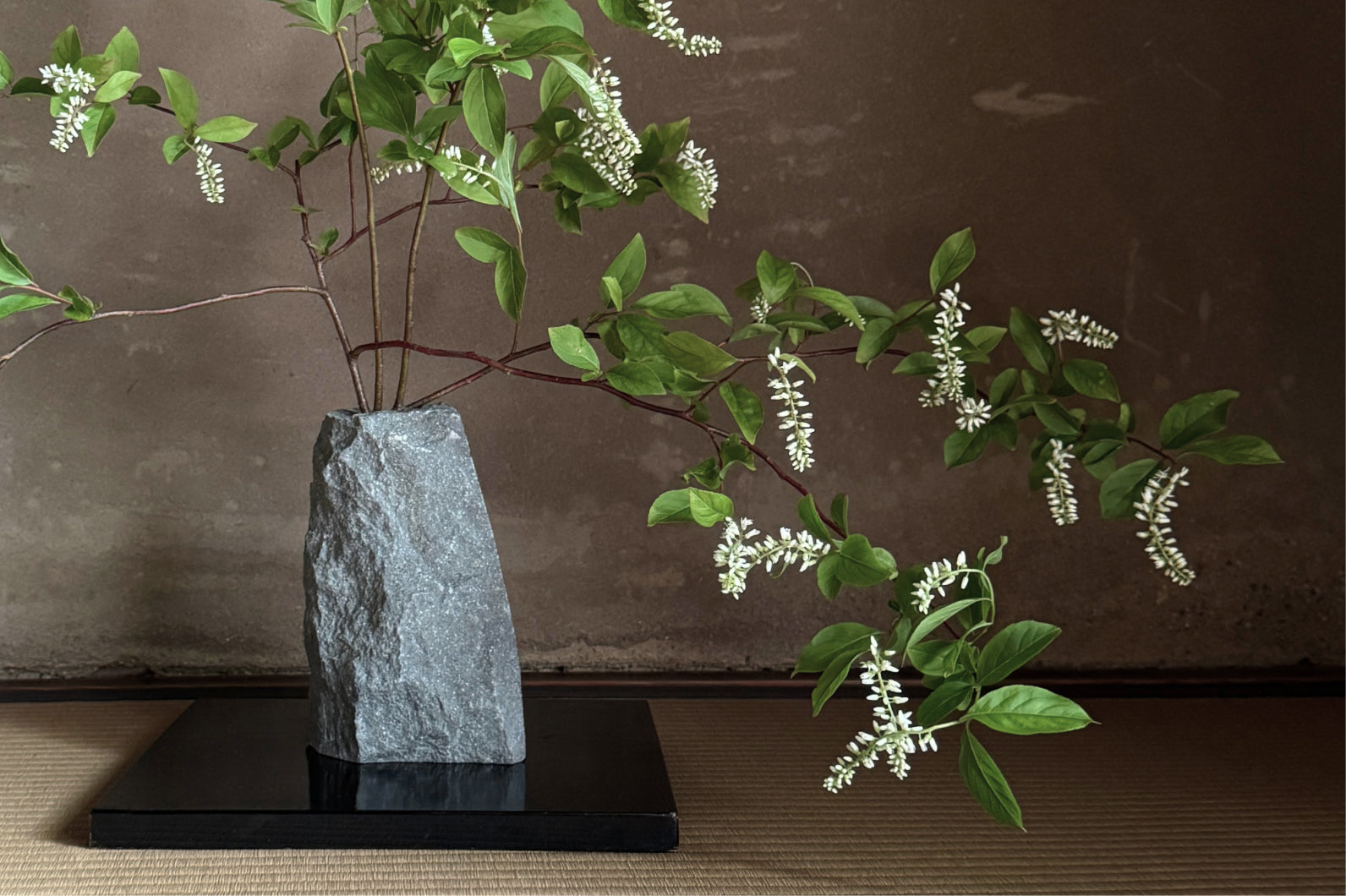
Stone for the selective: The Second Life of a Precious Resource
TOU takes off-cuttings of one of Japan’s most precious stone types and creates vases and trays that highlight its unique character. With the wabi-sabi features of the stone center stage, their proc...
Read more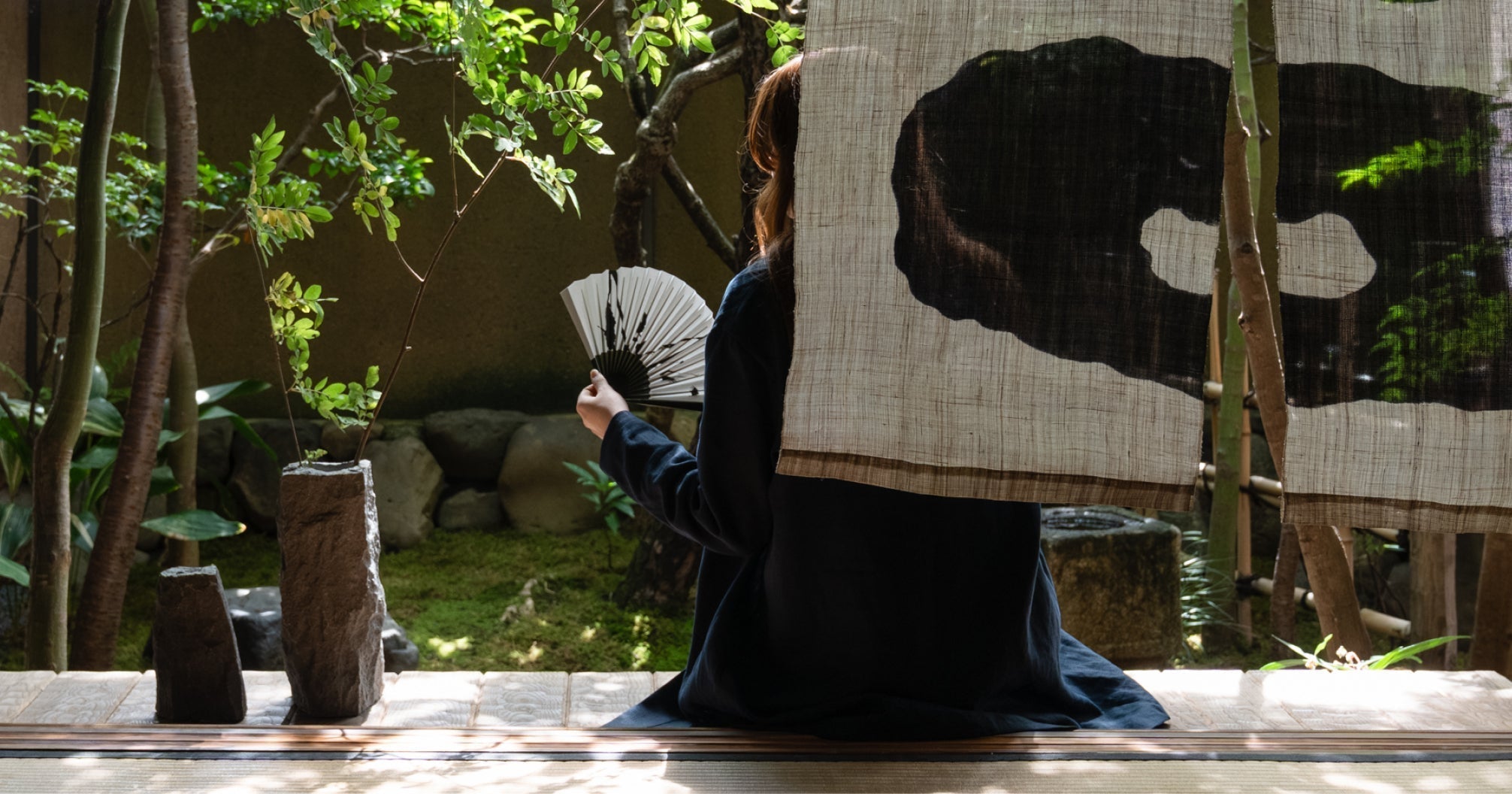
The Way of the Wind: Embracing the Natural Flow of Creativity
The Japanese principle of 風のままに (kaze no mama ni) encourages us to take our cue from the wind and follow the natural course of events, both in our daily life and in our creative pursuits.
Read more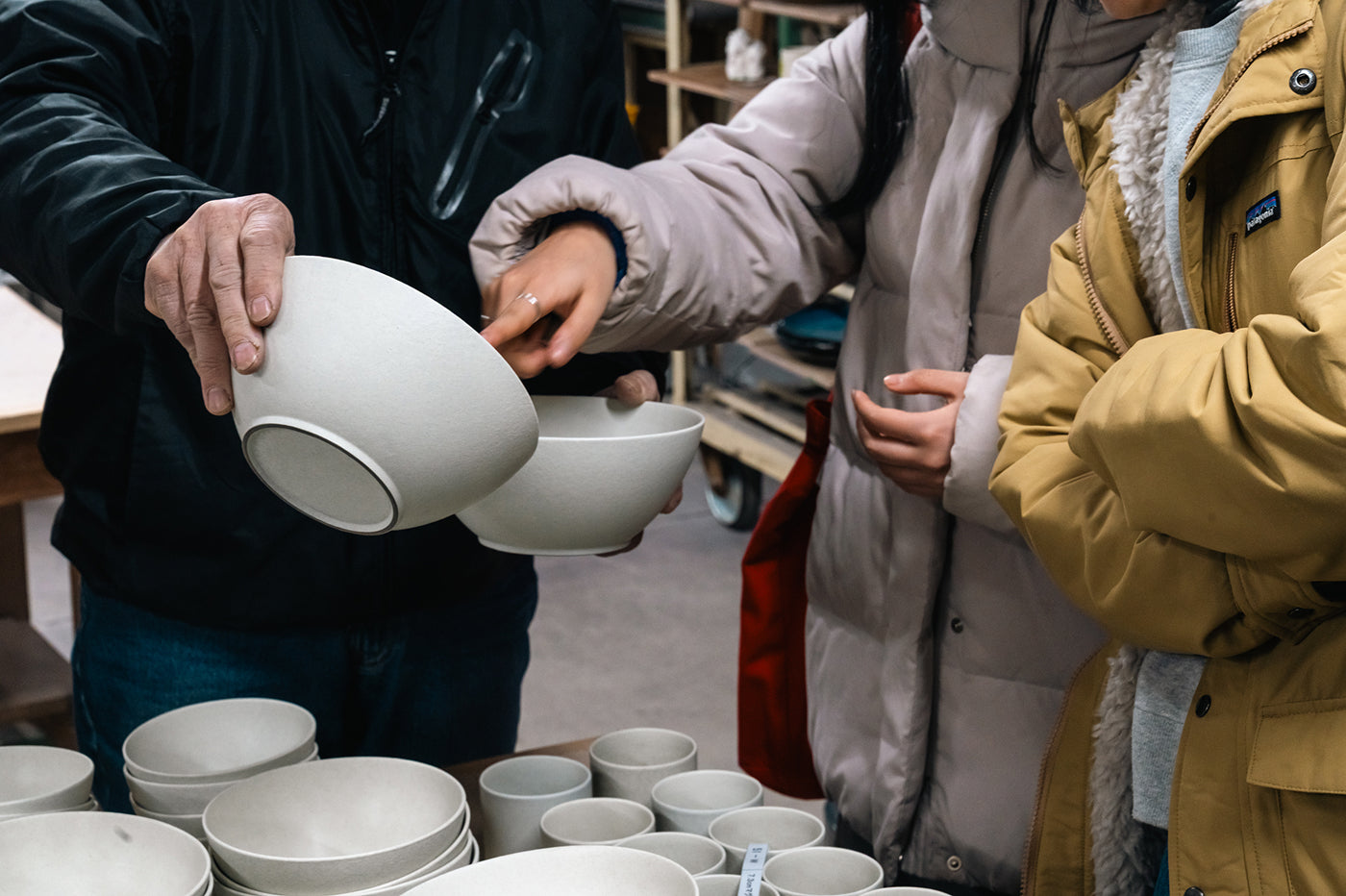
The Longer Path: Crafting Ceramics Through a Collaborative Process
POJ Studio collaborated with Okuda-san of Oogoya for over a year to get the Shigaraki Collection just right. Mutual respect and creative partnership allowed both teams to translate the tradition of...
Read more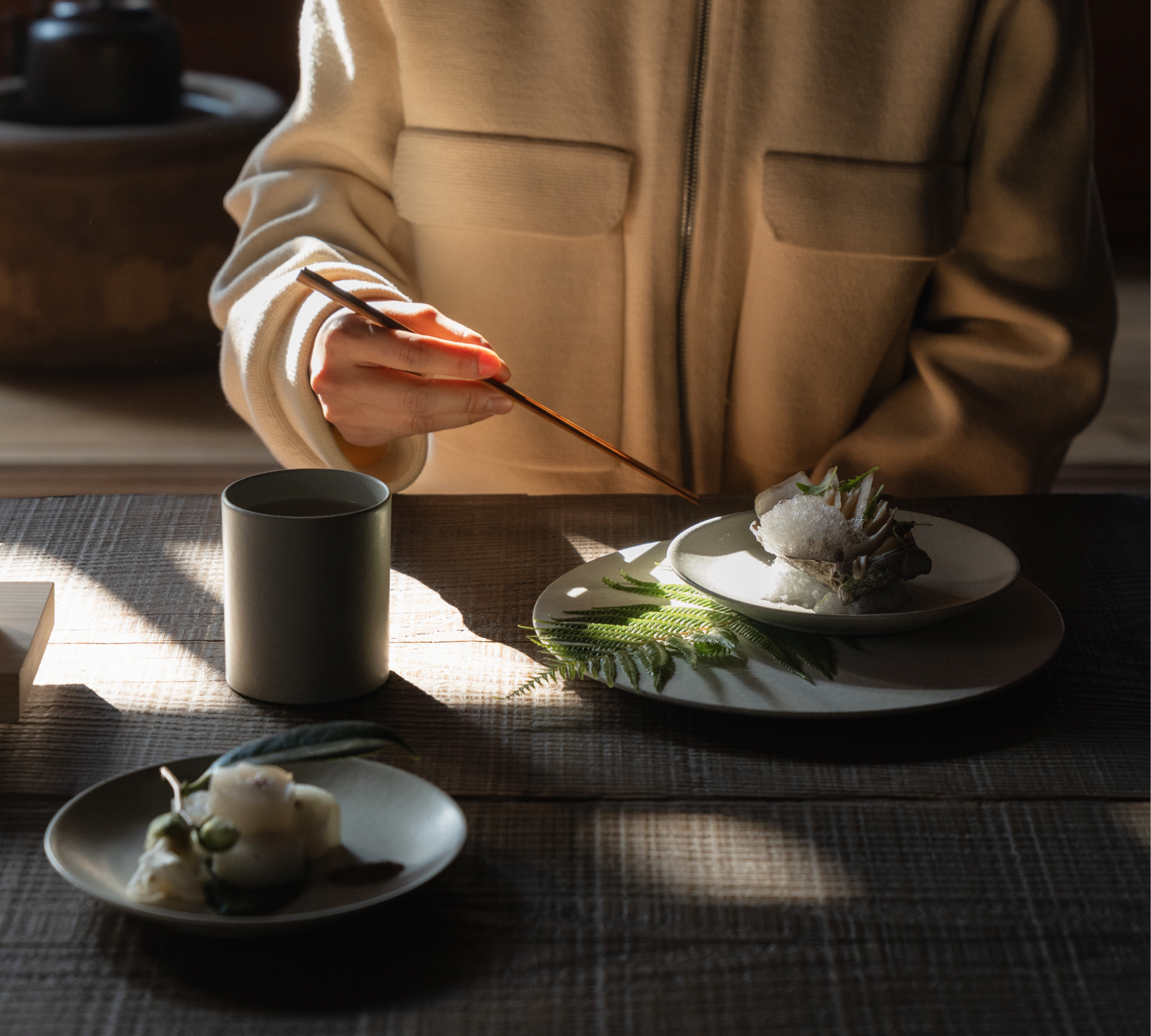
Life in Detail: The Marriage of Kodawari and Wabi-Sabi in Japanese Artisan Craft.
Behind the humble objects that make up our every day, there are 100 decisions that went into their creation. We may not think about these pieces more than in the moments we reach for them. They are...
Read more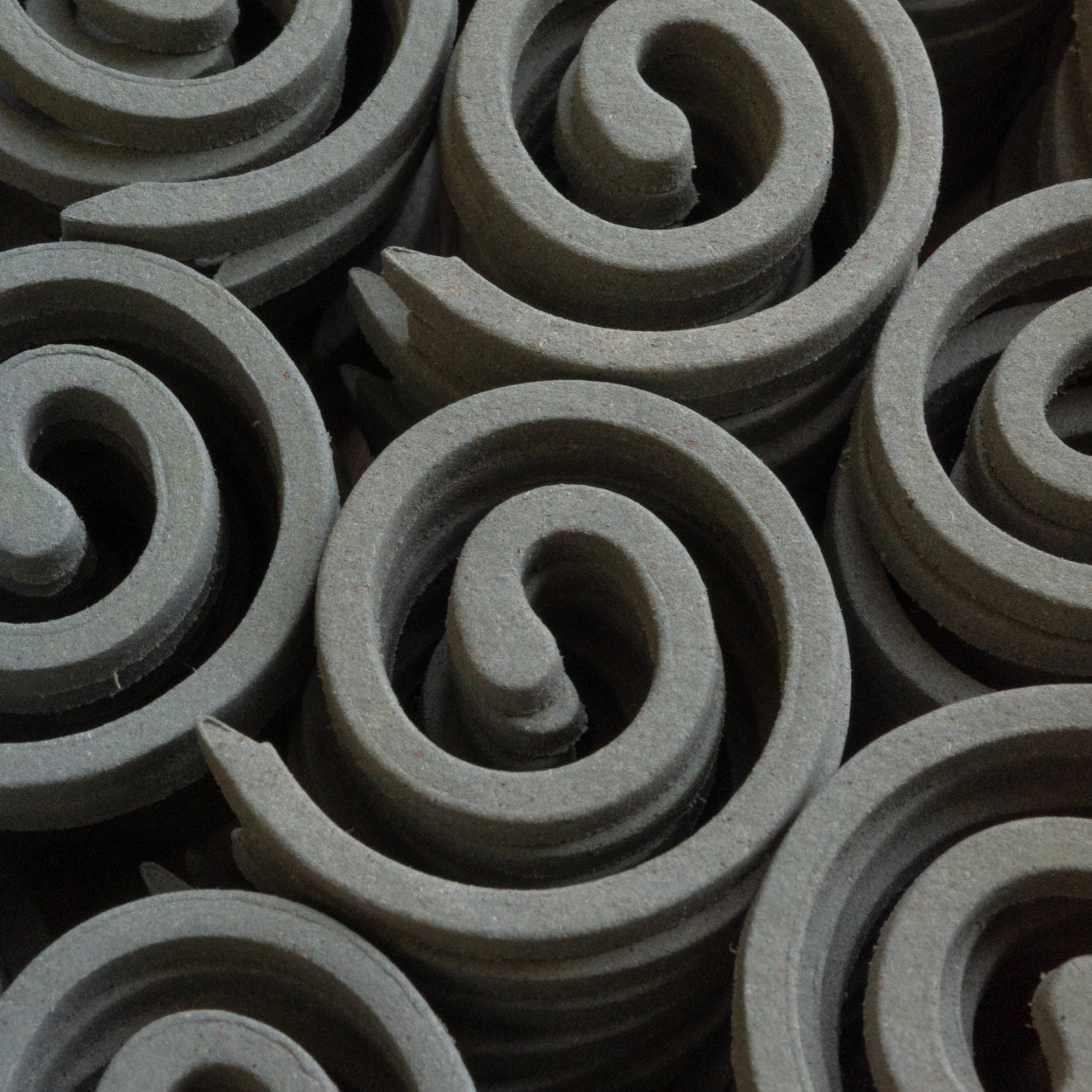
When each piece is crafted by Japanese artisans, every gift you give will be meaningful. From foodies to self-care gurus, find the perfect present to slot into the lives of the people you care ab...
Read more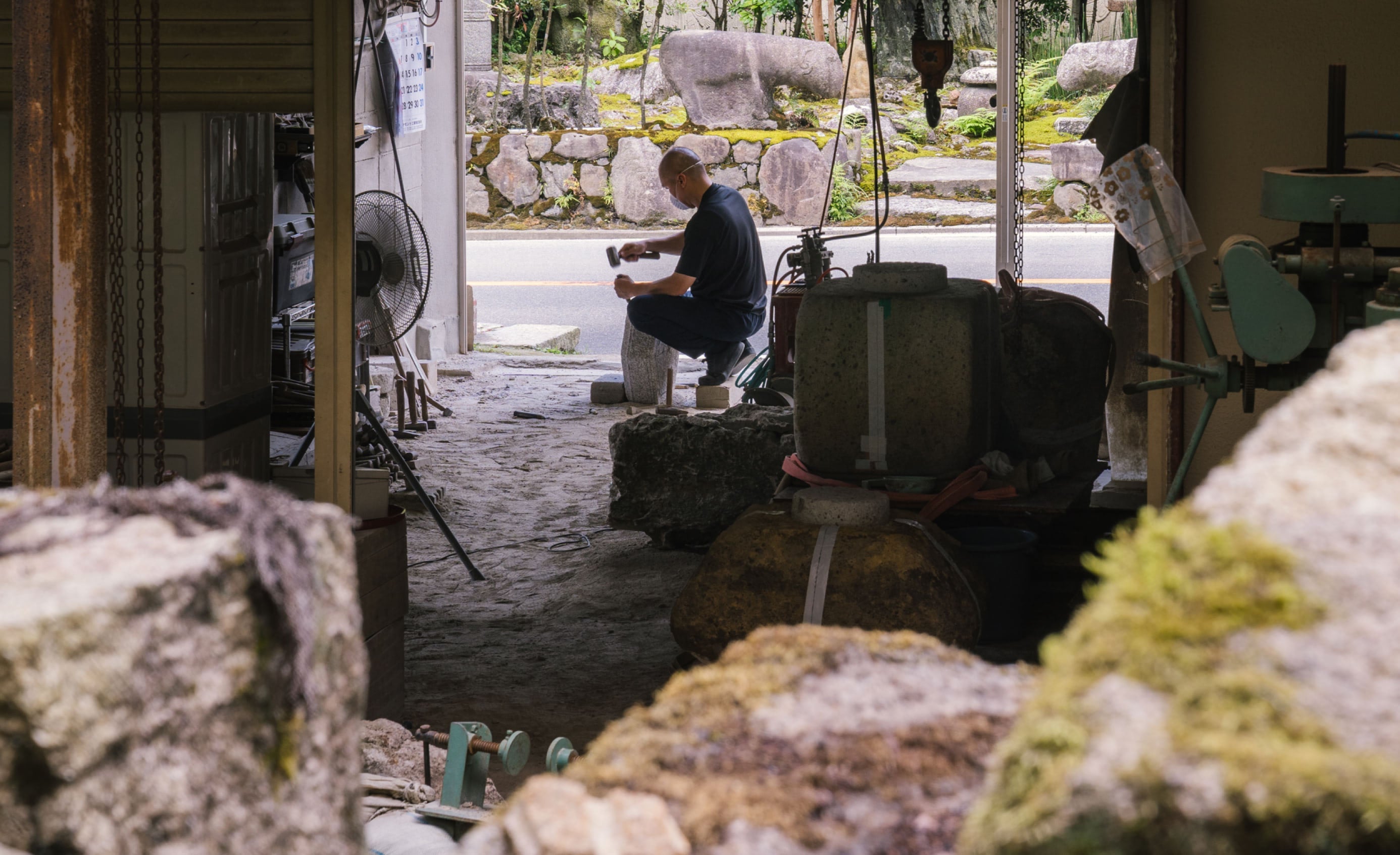
Bringing Stonework of Japanese Gardens Inside Modern Homes
As part of the team carrying on seven generations of legacy stonework at Nishimura Tōrō-Ten, Ishiura Kenji set out to bring stone craftsmanship beyond the garden and into the modern home.
Read more
Kazuto Yoshikawa, Reawakening Dormant Techniques
Kazuto Yoshikawa guided a collaboration to revive the traditional wood-bending techniques of a Mie Prefecture multi-generational frame workshop, resulting in a striking interior design element for ...
Read more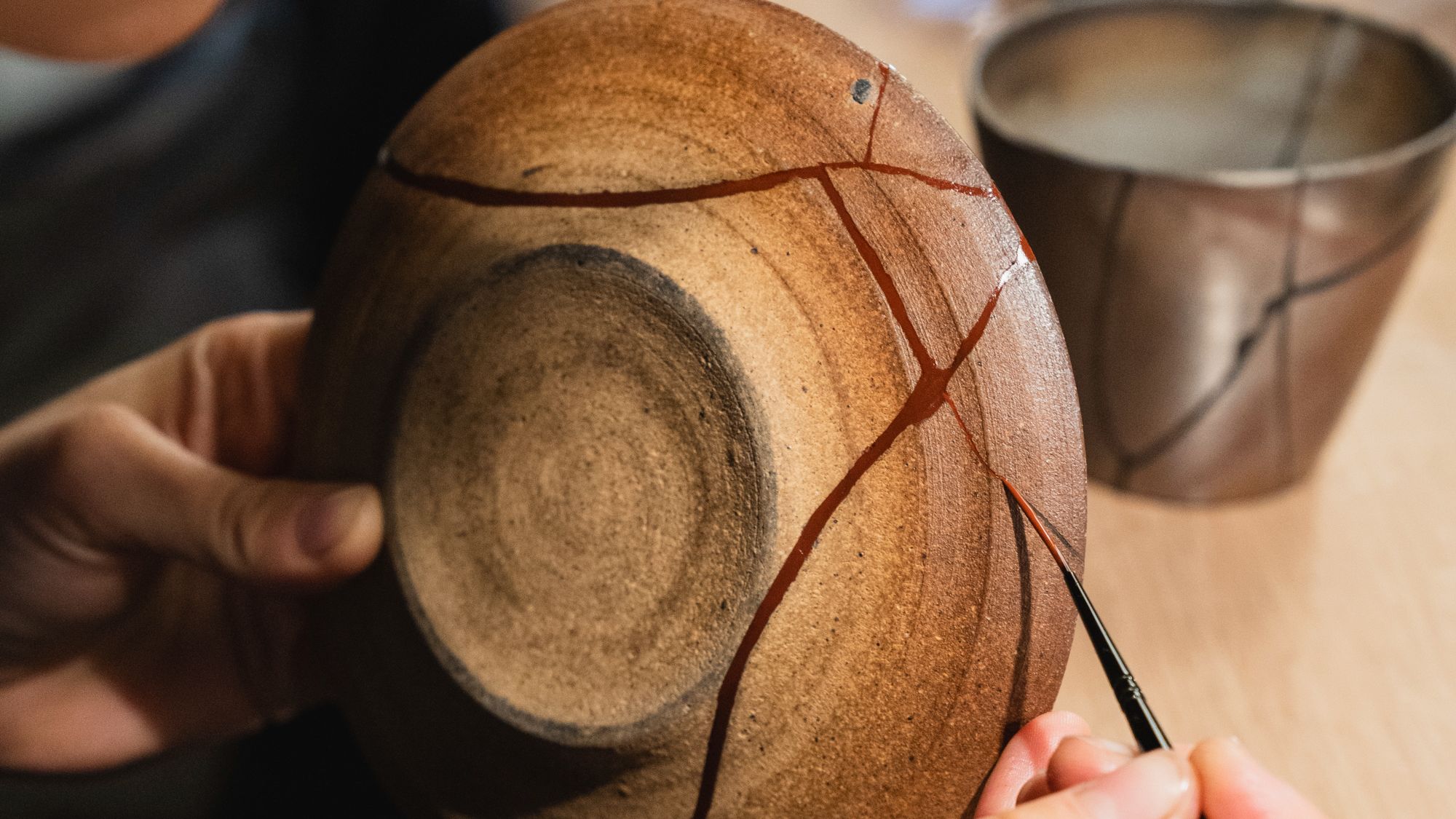
How to mend breaks: red and black urushi (part 3 of 3)
Once mugi urushi has been used to glue the broken fragments together, and sabi urushi has been used to fill the nooks and crevasses, phase 3 of the repair process is applying red and black urushi t...
Read more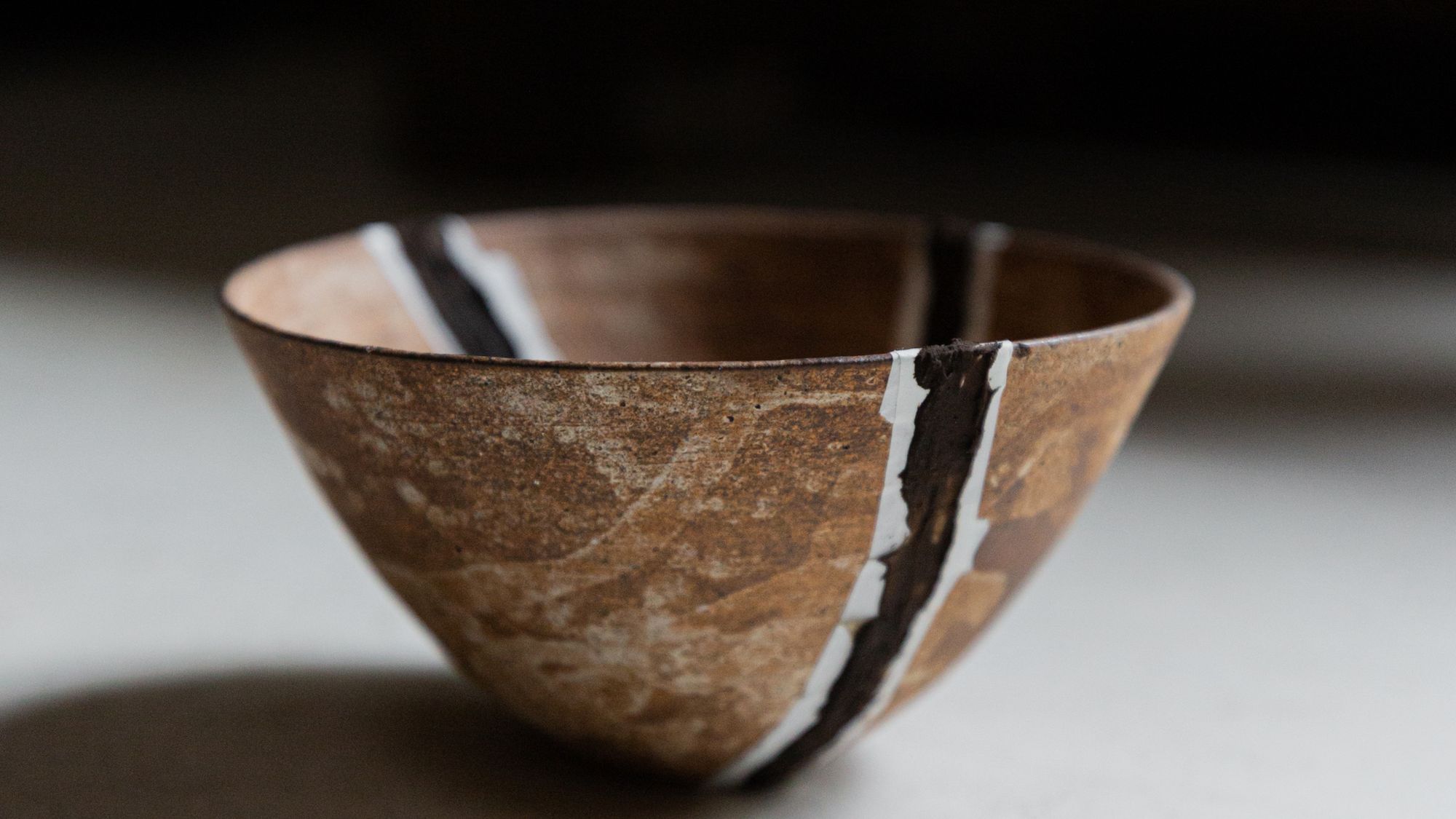
How to mend breaks: sabi urushi (part 2 of 3)
Once mugi urushi has been used to ‘’glue’’ broken fragments together, part 2 of the repair process is making and applying sabi urushi.
Read more
How to mend breaks: mugi urushi (part 1 of 3)
When beginning kintsugi-repair, the first question to ask is, ‘‘how is the piece damaged?’’ Is it broken, cracked, or chipped? First and foremost, accurately identifying the fractures is an art in...
Read more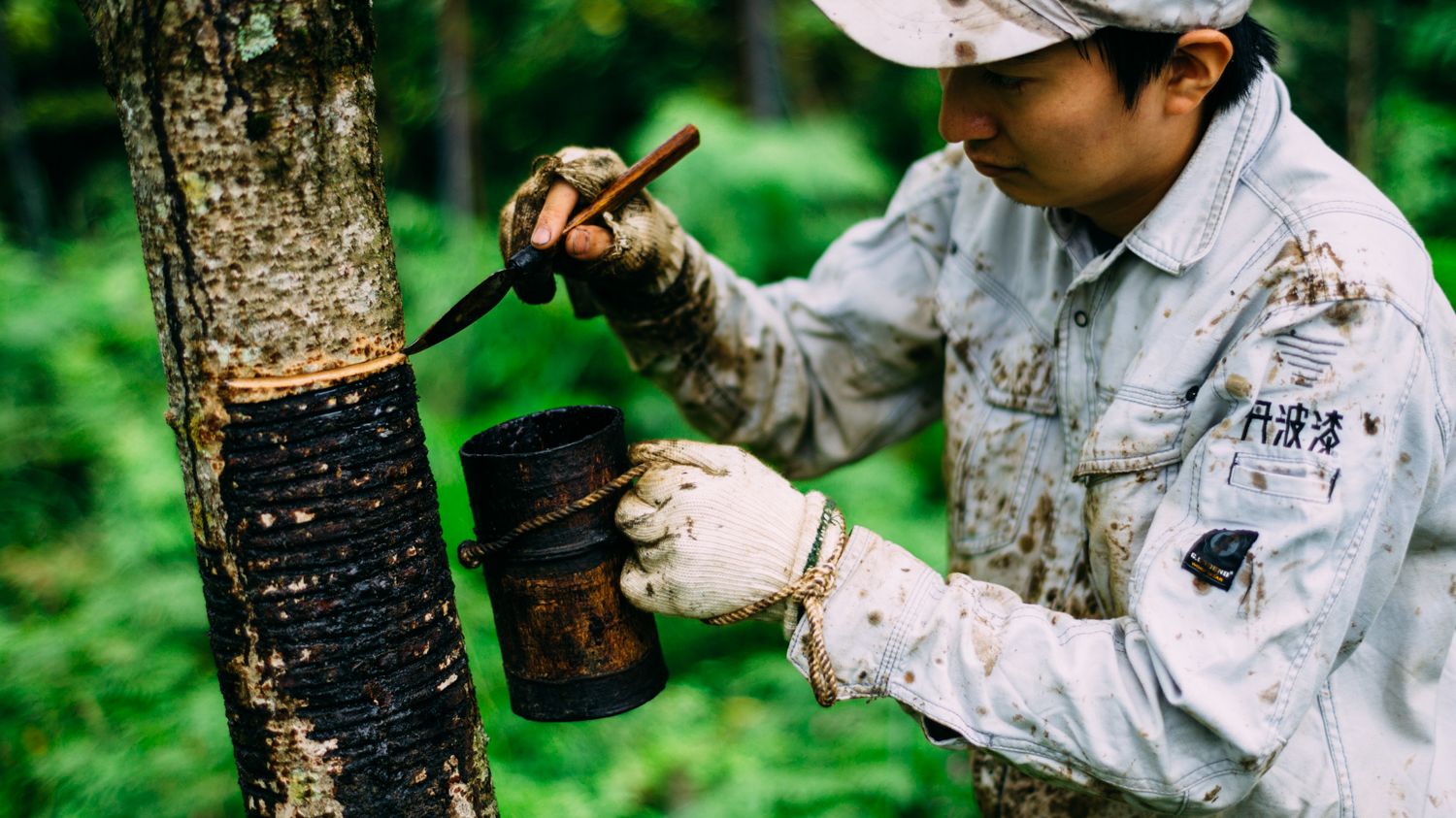
Kintsugi-repair restores broken pieces with urushi tree sap, and often finishes the repair in gold or silver powder. As a restoration practice, pieces repaired with hon-kintsugi are aesthetic, food...
Read more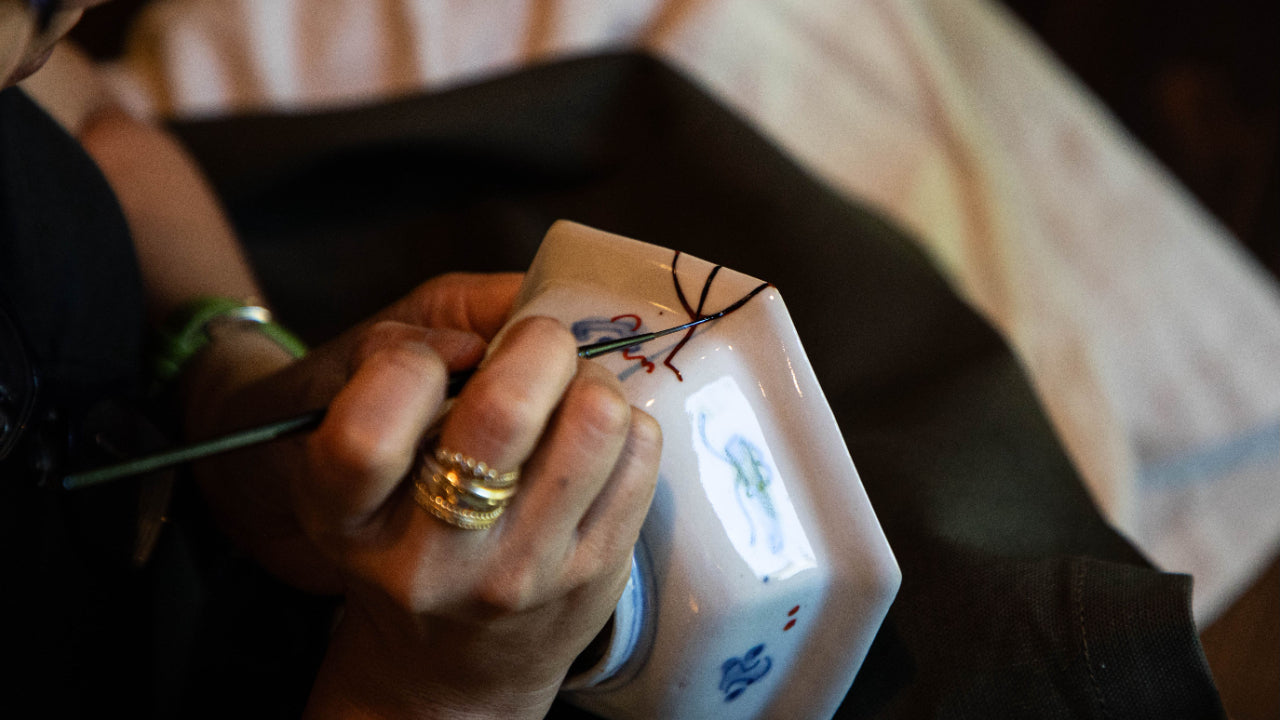
Kintsugi Apprentice Stories: Summer 2023
In Summer 2023, we welcomed our inaugural class to Kyoto for the first ever Kintsugi Apprentice Program.
Read more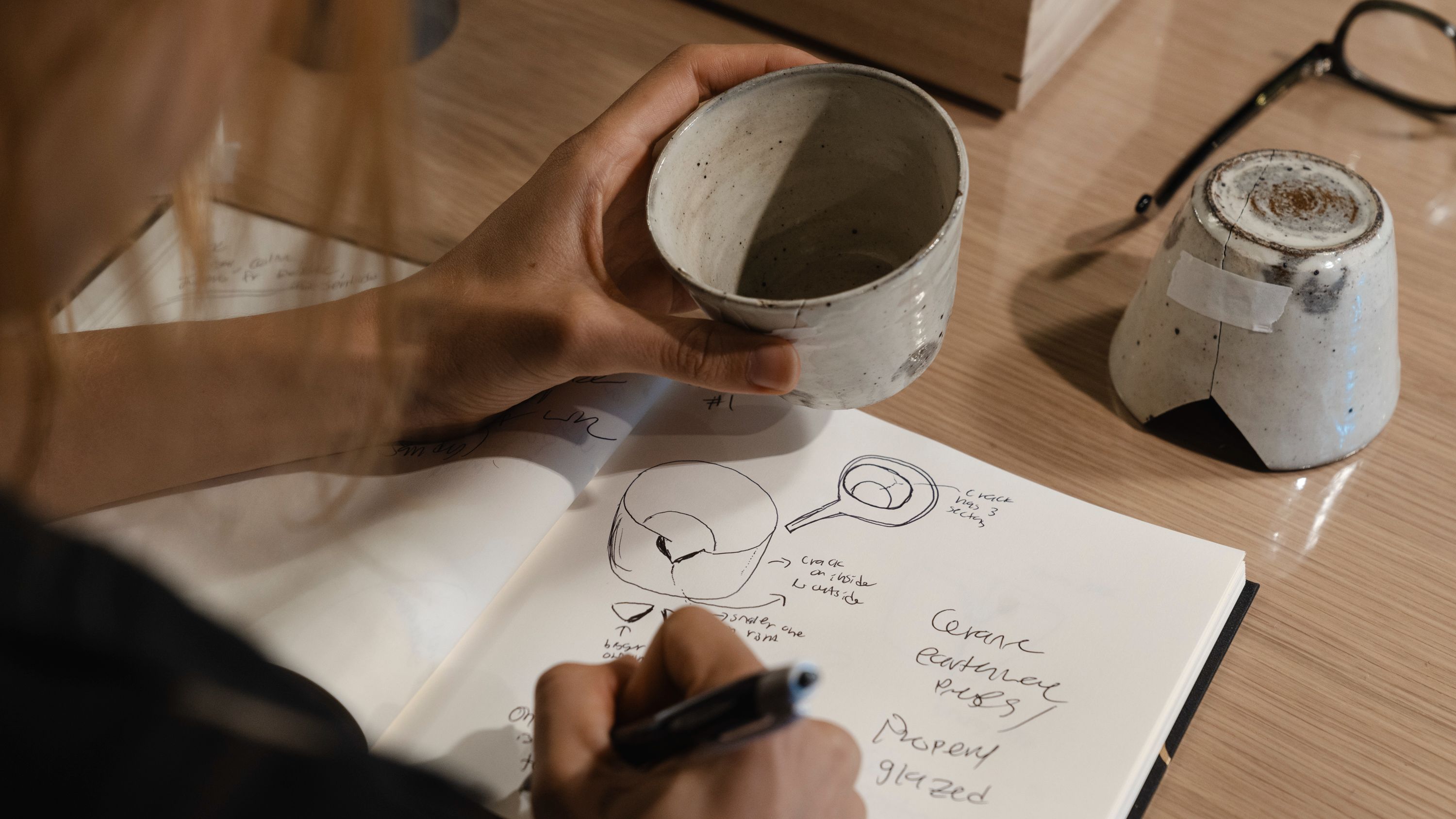
Repairing glazed and unglazed pieces
Even before repairing a piece, we always recommend Step 0: Creating a Patient Chart. This requires thoroughly assessing the piece in front of you and one of the most important variables to identify...
Read more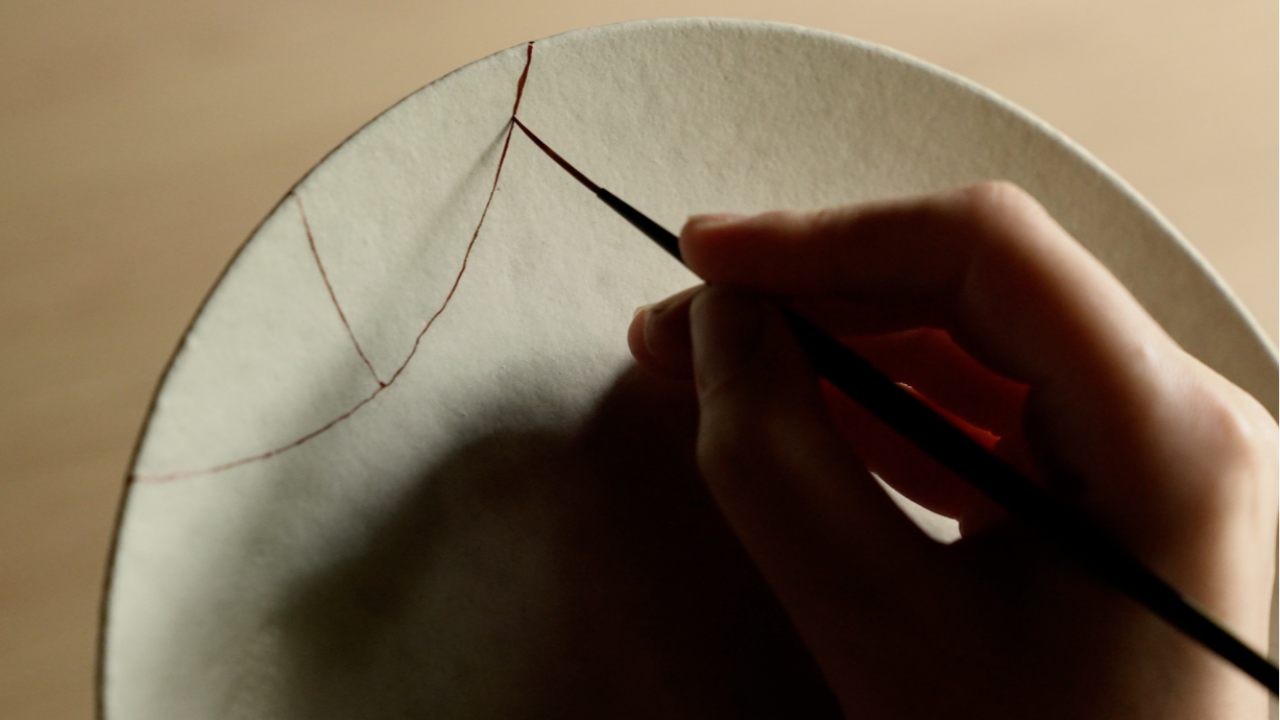
As kintsugi gains traction and awareness across the world, it is valuable to note that there are two distinctly different restoration methods. It isn't that one method is good and the other is bad....
Read more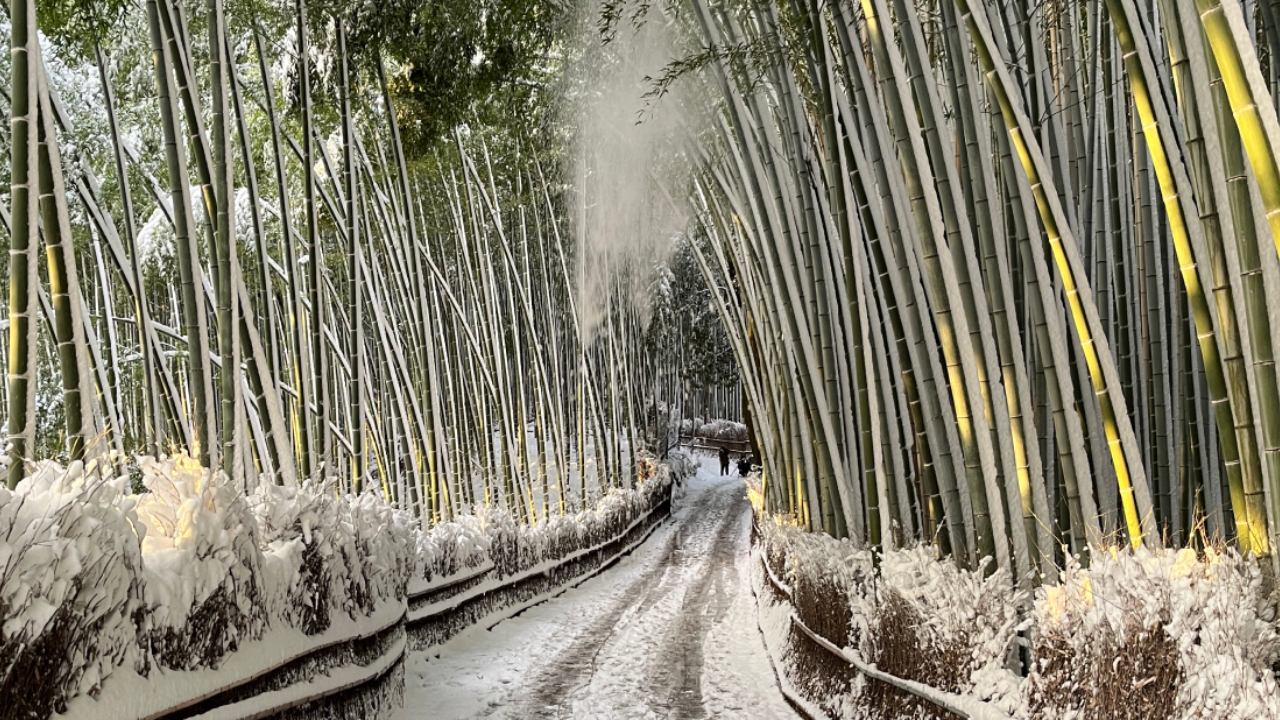
Our ‘‘Winter in Kyoto’’ itinerary
Japan's winter traditions weave heritage with seasonal transitions. The celebration of Toji, Winter Solstice, marks the longest night of the year, symbolizing beginnings and the possibilities that...
Read more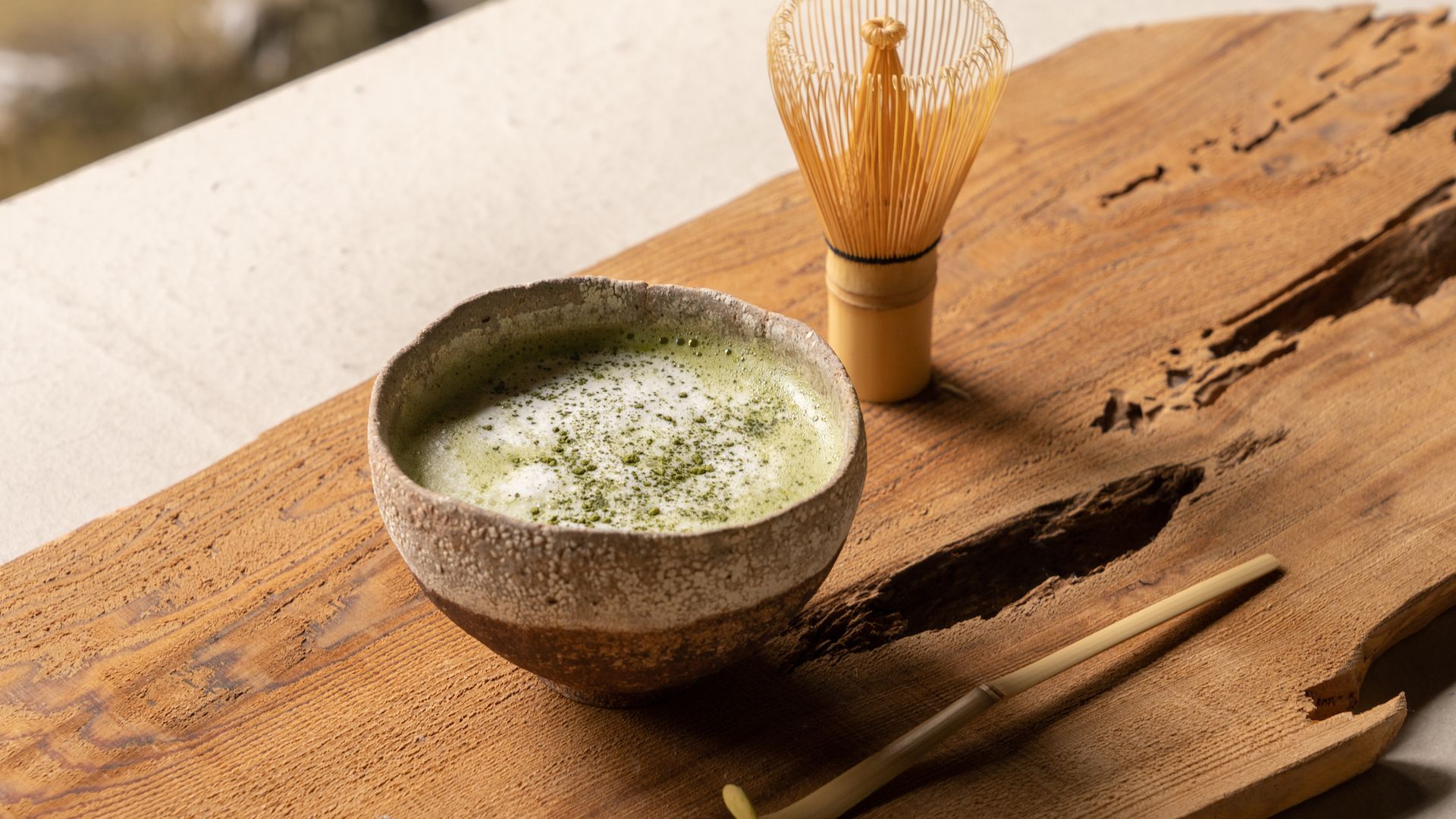
Japan’s nutrient-rich, volcanic soil, combined with centuries of cultural influences, have given rise to a wide spectrum of ceramics. Here are a few prominent representations of Japanese ceramics f...
Read more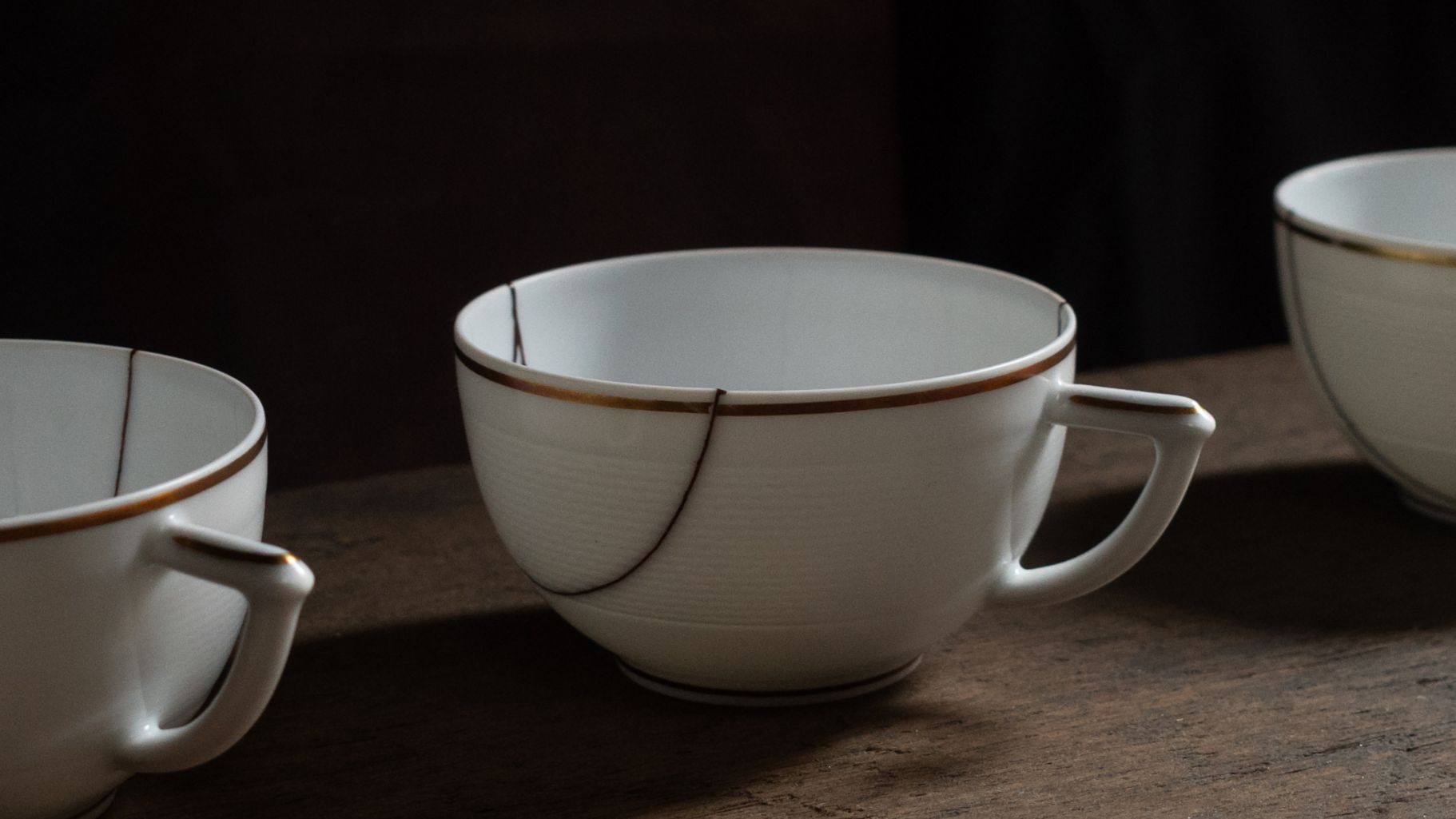
Kintsugi Dictionary Part 4: Keshiki
In kintsugi, the Japanese term keshiki refers to the lines and shapes formed through repair. These lines and shapes tell the tale of who made the piece, where it comes from, the original material o...
Read more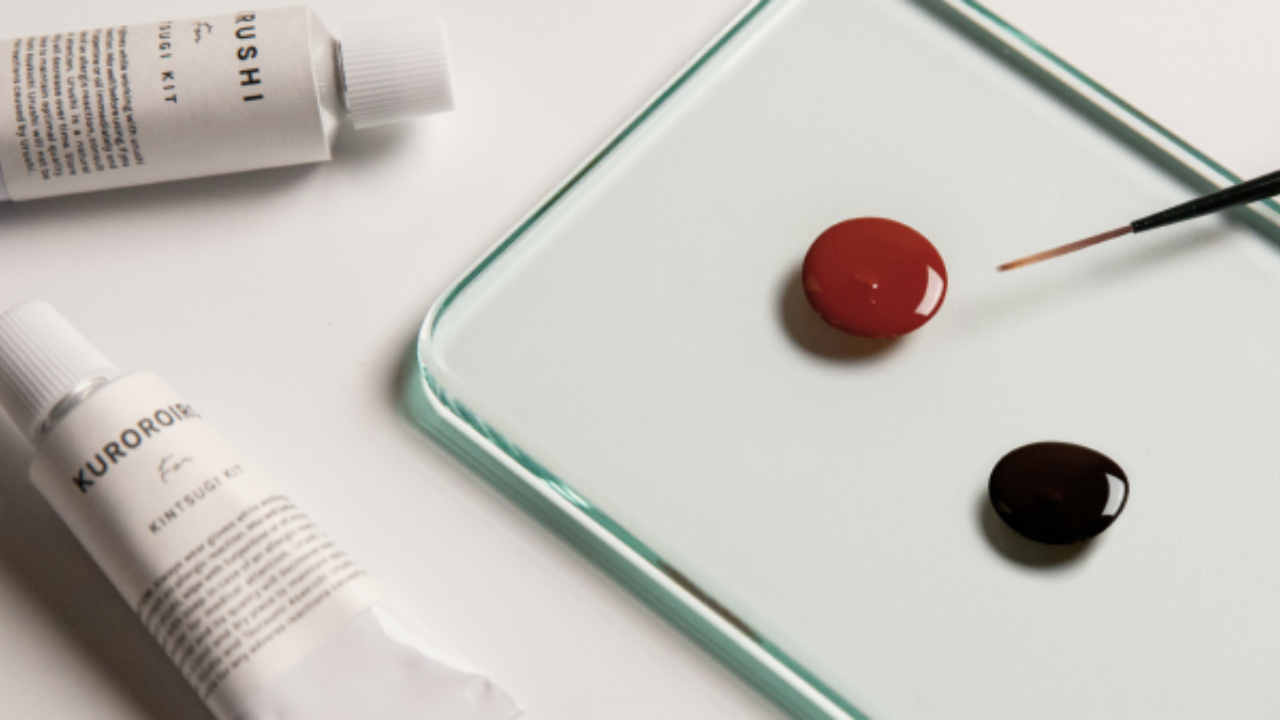
All about red and black urushi
Kintsugi may be known for its gold finish, however, gold is only the decorative final touch in the repair process. The functional repair work in kintsugi is owed to urushi tree sap.
Read more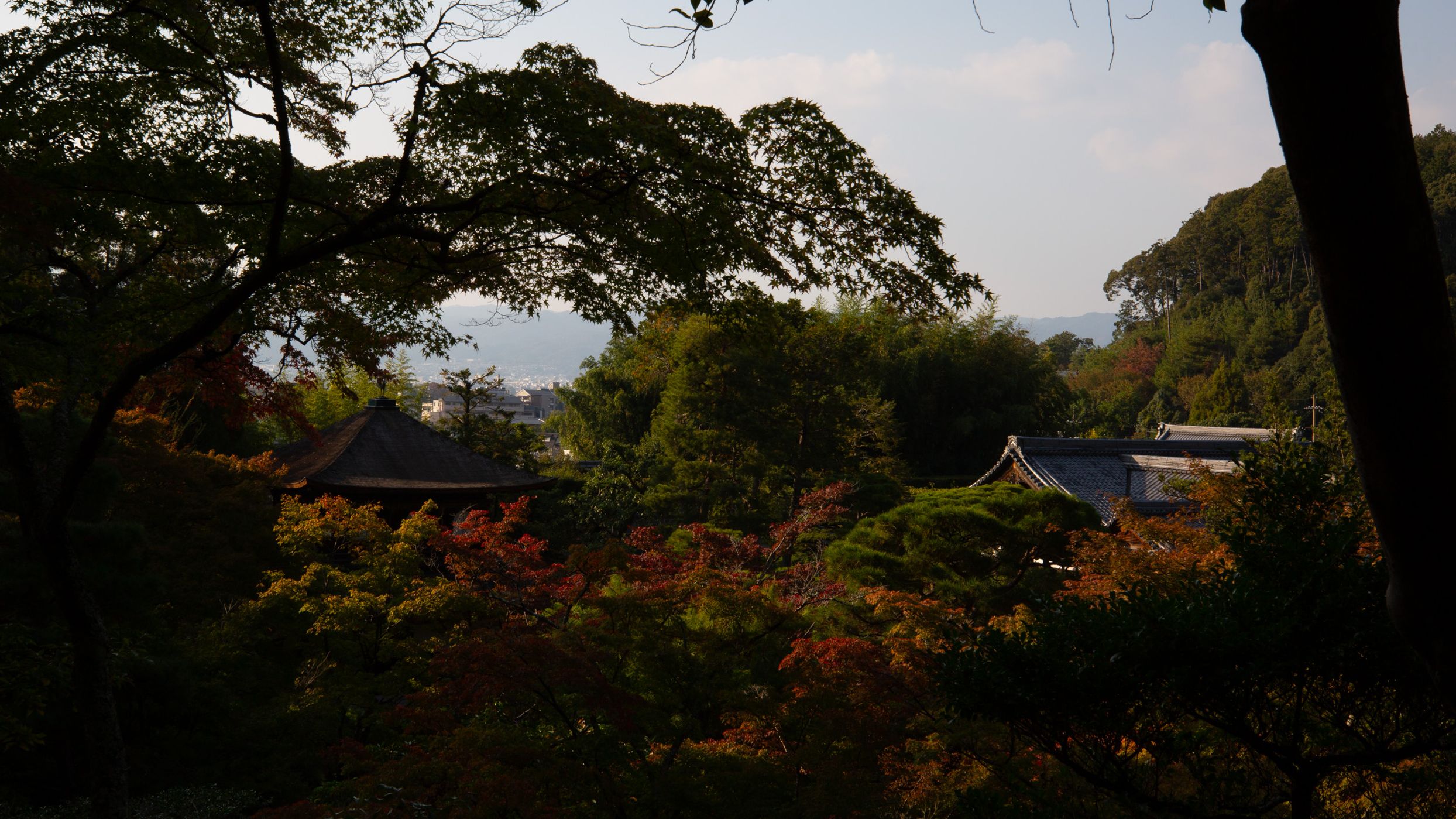
Our “Autumn in Kyoto” itinerary
The autumn season in Japan has an ancient and textured history celebrating nature, the arts, and community. From local to city-wide festivals known as matsuri, to tsukimi, or ‘‘moon viewing,’’ the...
Read more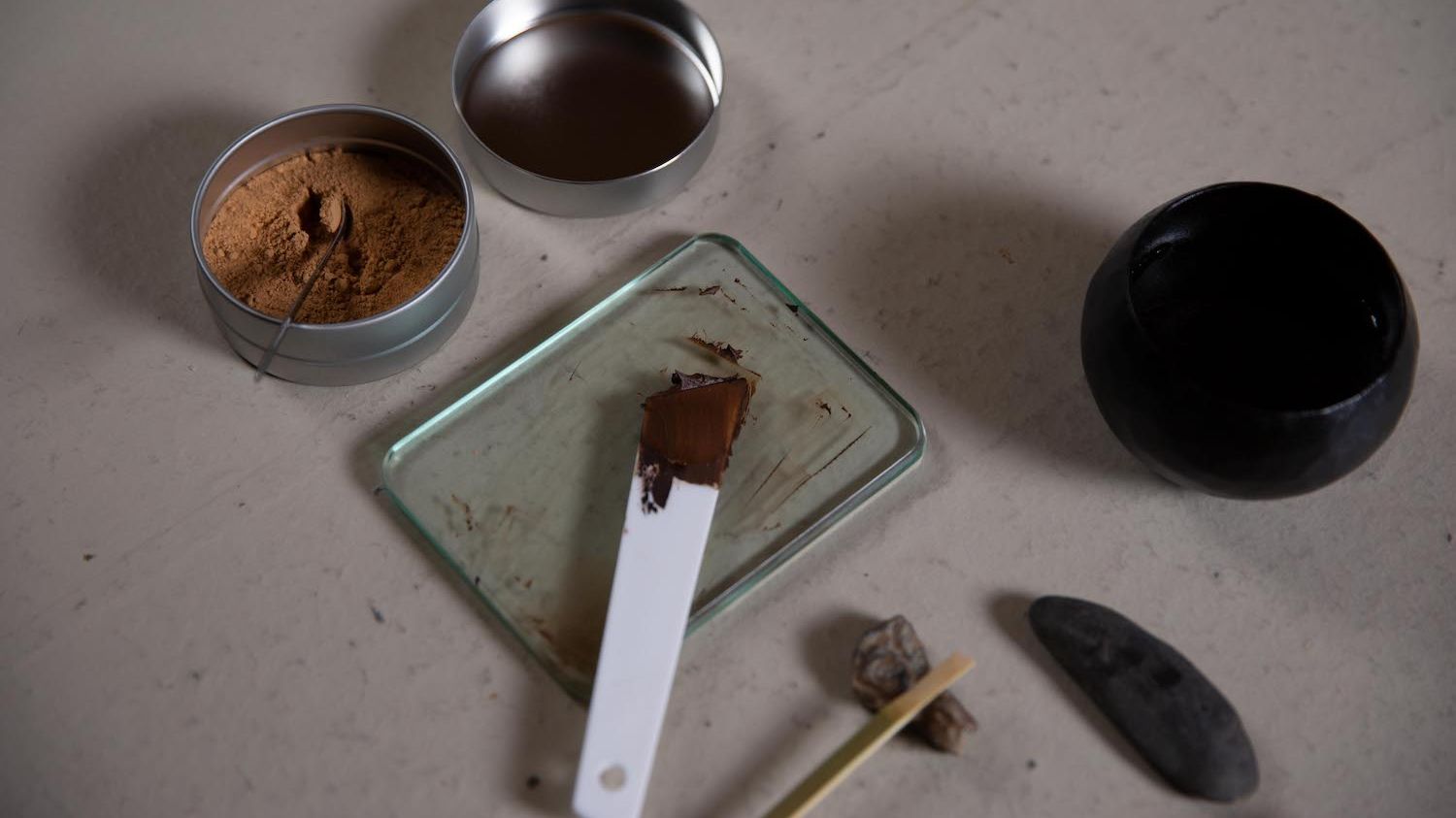
How to Kintsugi: The 3 Phases of Repair
Kintsugi technique is intended and best suited for the restoration of ceramic and porcelain tableware. Other materials and types of wares are possible to repair, but it all started with one porcela...
Read more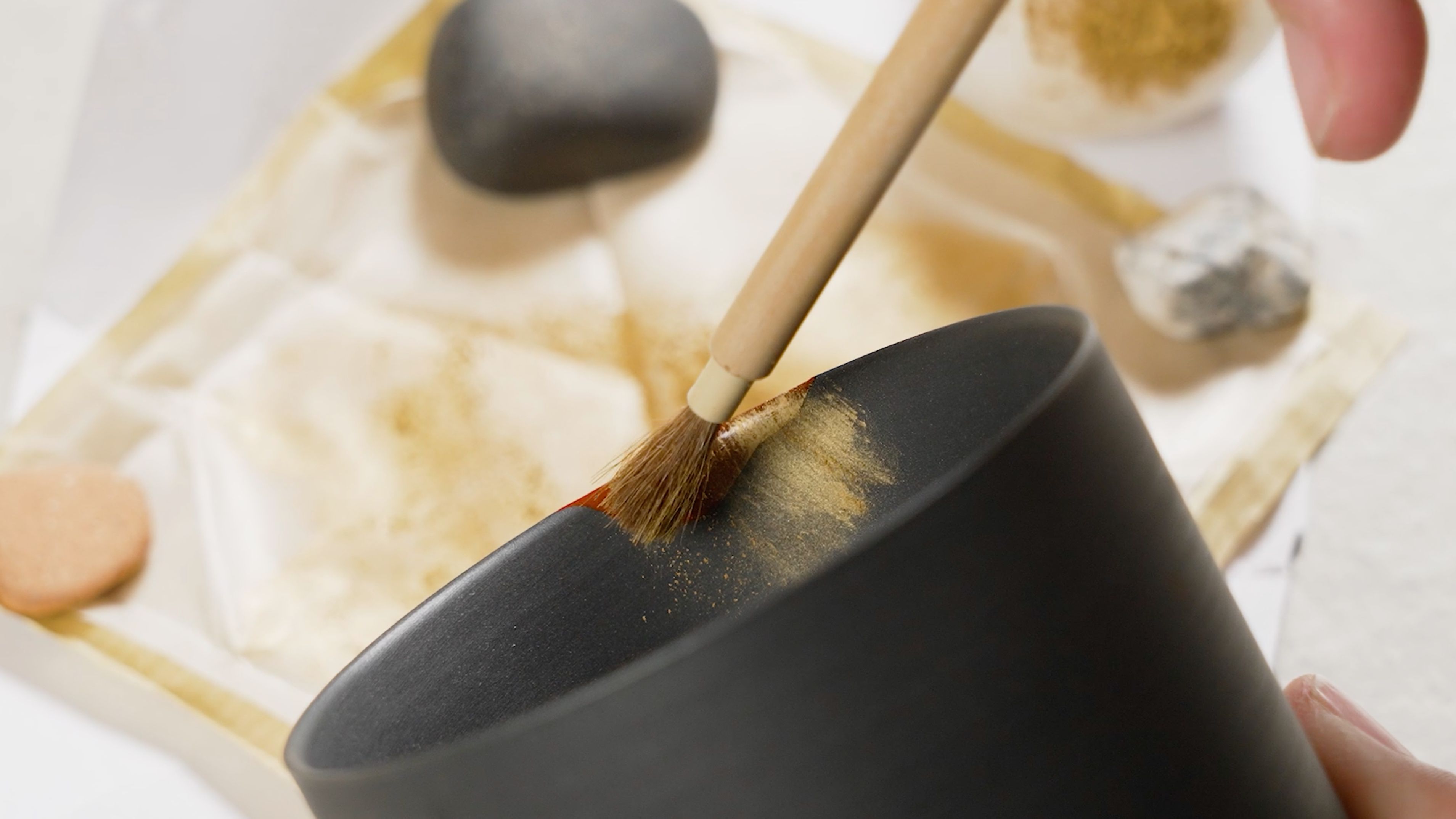
Tips to Achieve the Sleekest Gold Finish
It is absolutely no exaggeration to say that gold is synonymous with kintsugi. At least in the perception of most. After all, the repair technique is called kintsugi. Kin = gold, tsugi = joinery. W...
Read more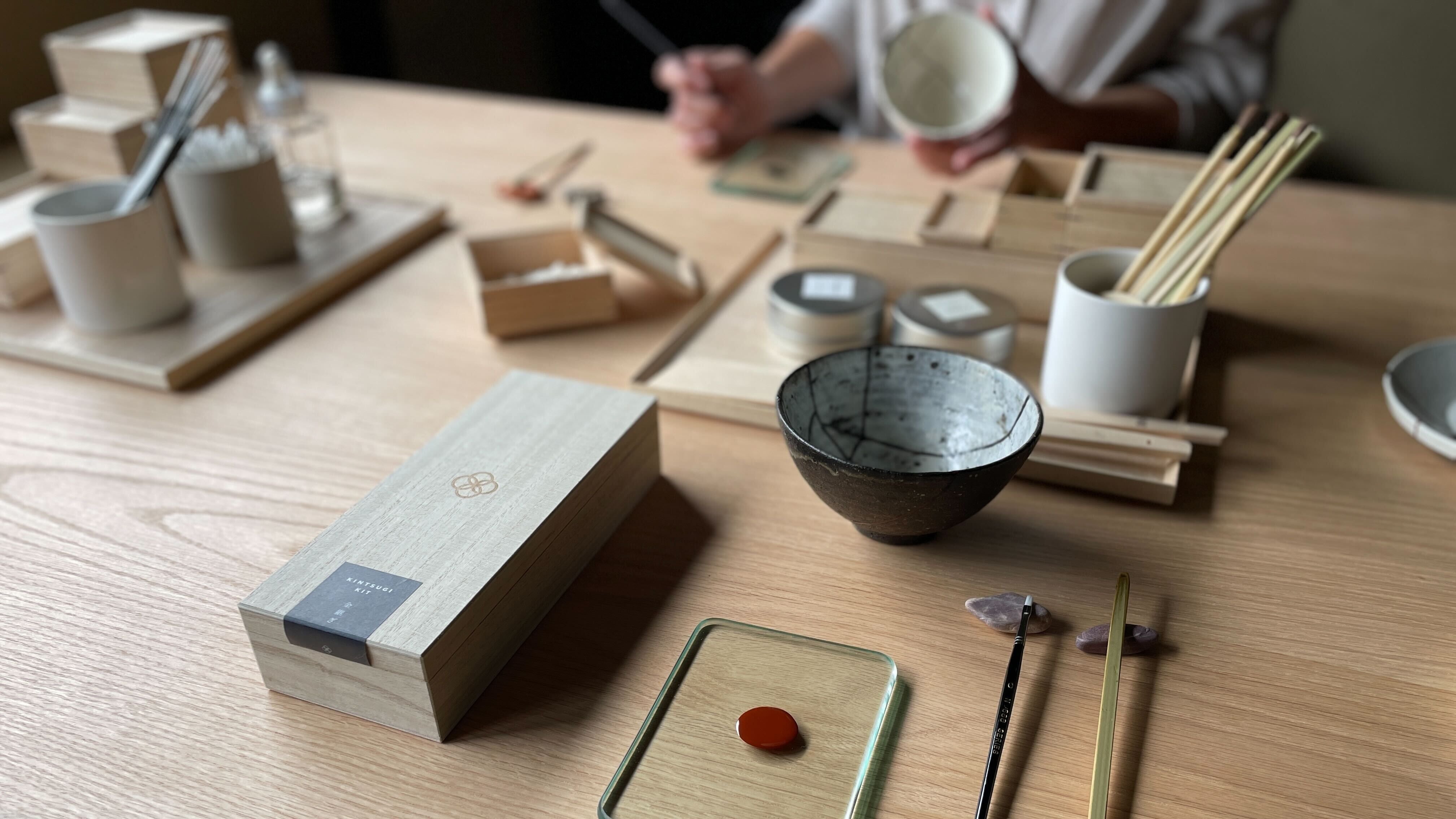
Which In-Studio Kintsugi Class Suits Me Best?
Sometimes there is nothing better than in-real-life learning. If you have the opportunity to visit Kyoto, we offer several in-studio kintsugi class options. However, particularly for first timers, ...
Read more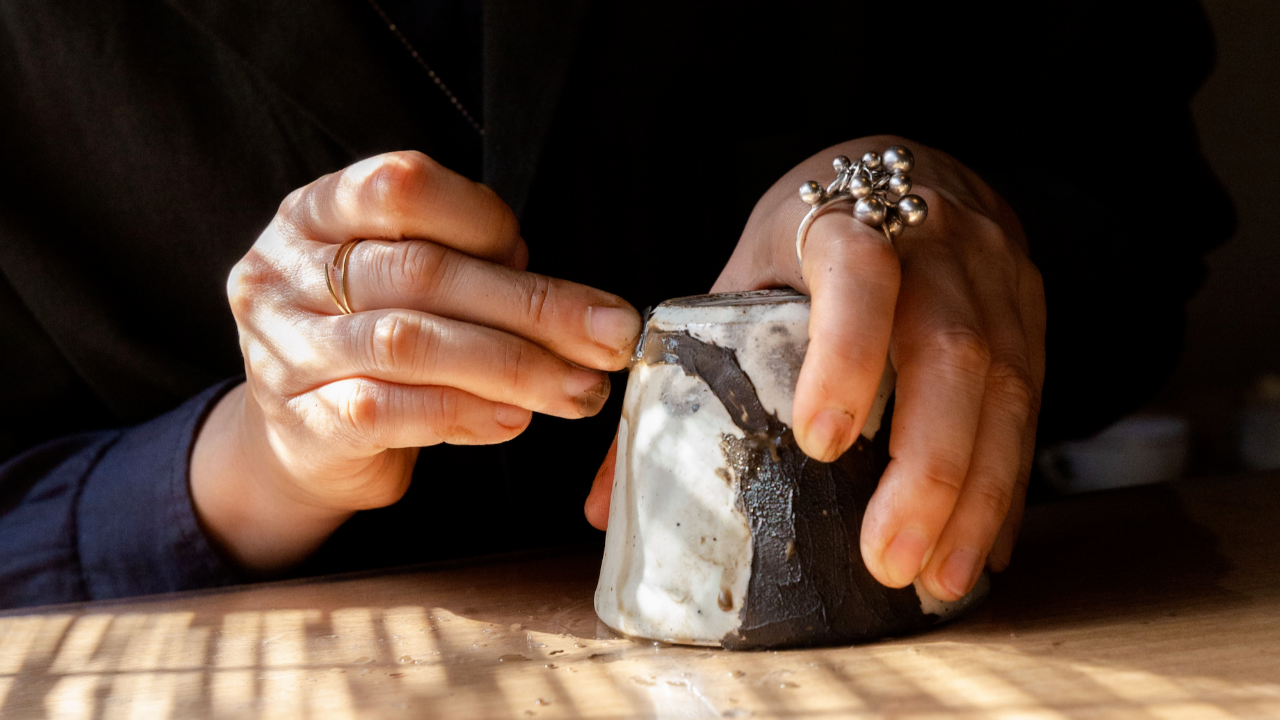
Urushi, the sap of the urushi tree, is the base material of authentic kintsugi-repair using all natural ingredients. It is what makes this tableware restoration technique antipest, antiviral, antib...
Read more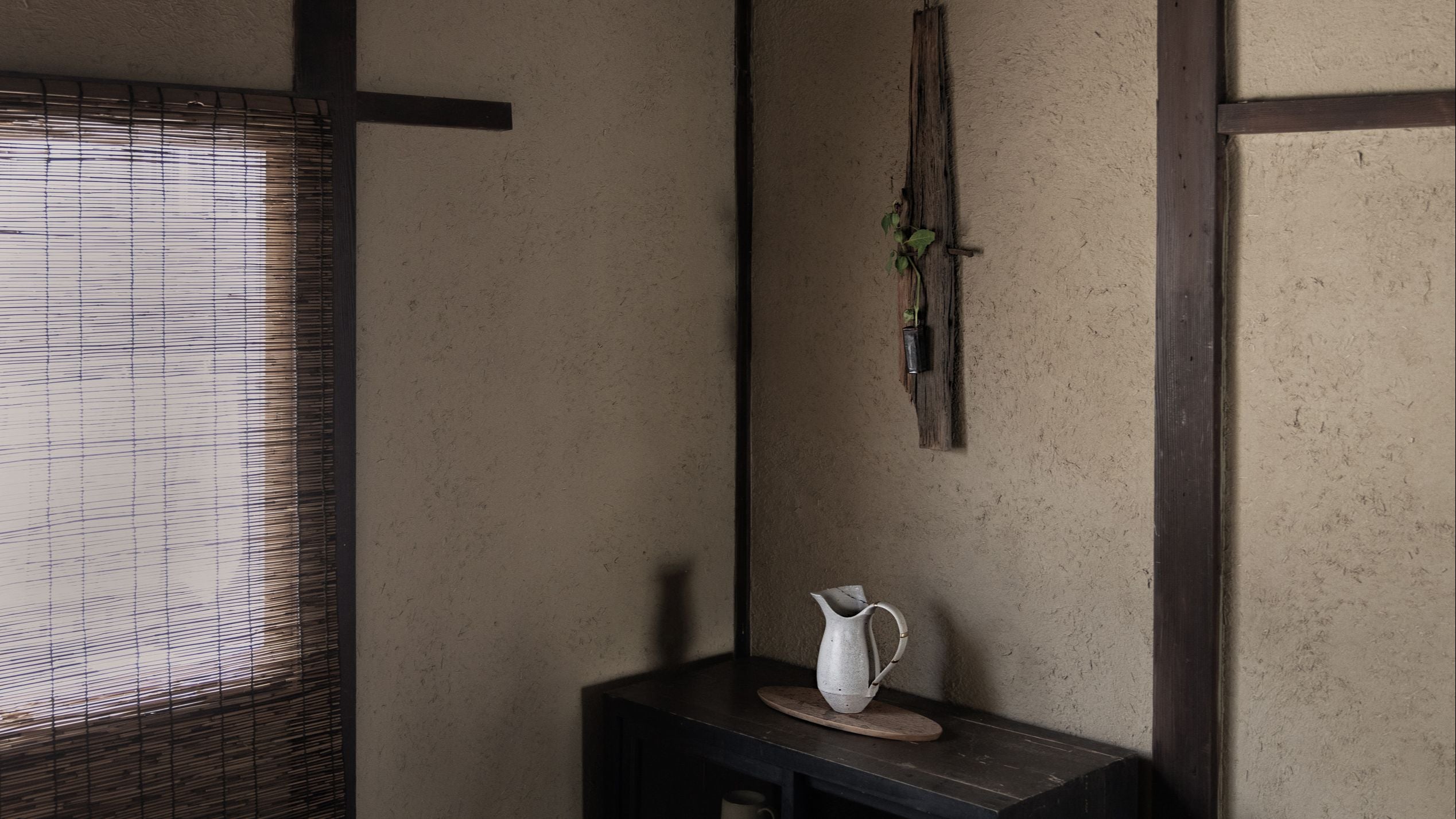
The Kintsugi Dictionary Part 3: Wabi Sabi
With every decade, wabi sabi has become increasingly more commonplace, while simultaneously increasingly more confusing, as people here and there and everywhere attempt to verbalize the phrase. Per...
Read more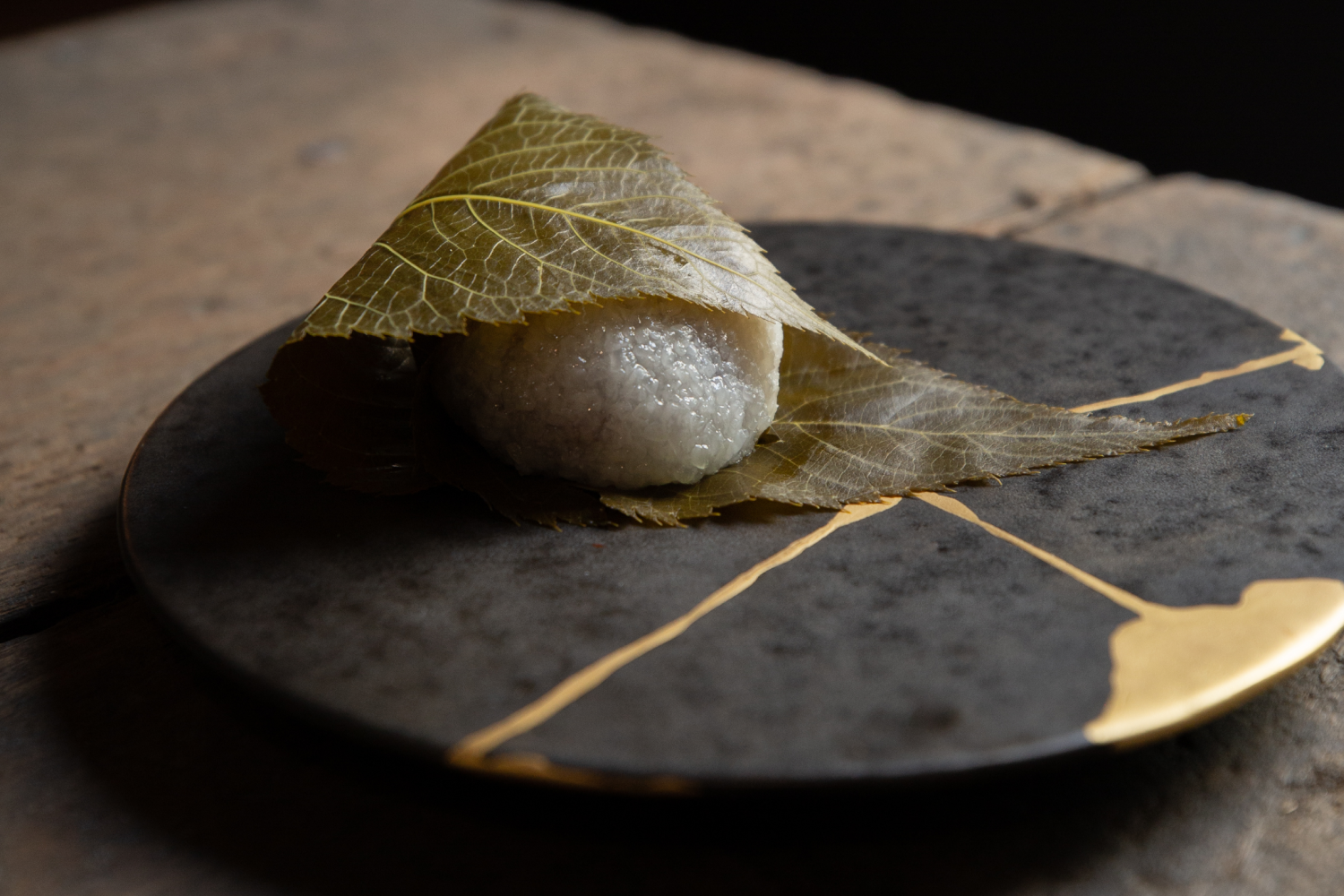
The 3rd of March is Hinamatsuri Girl’s Day in Japan, expressing gratitude for the good health and happiness of girls everywhere. Leading up to this day, we display small ornamental dolls called hi...
Read more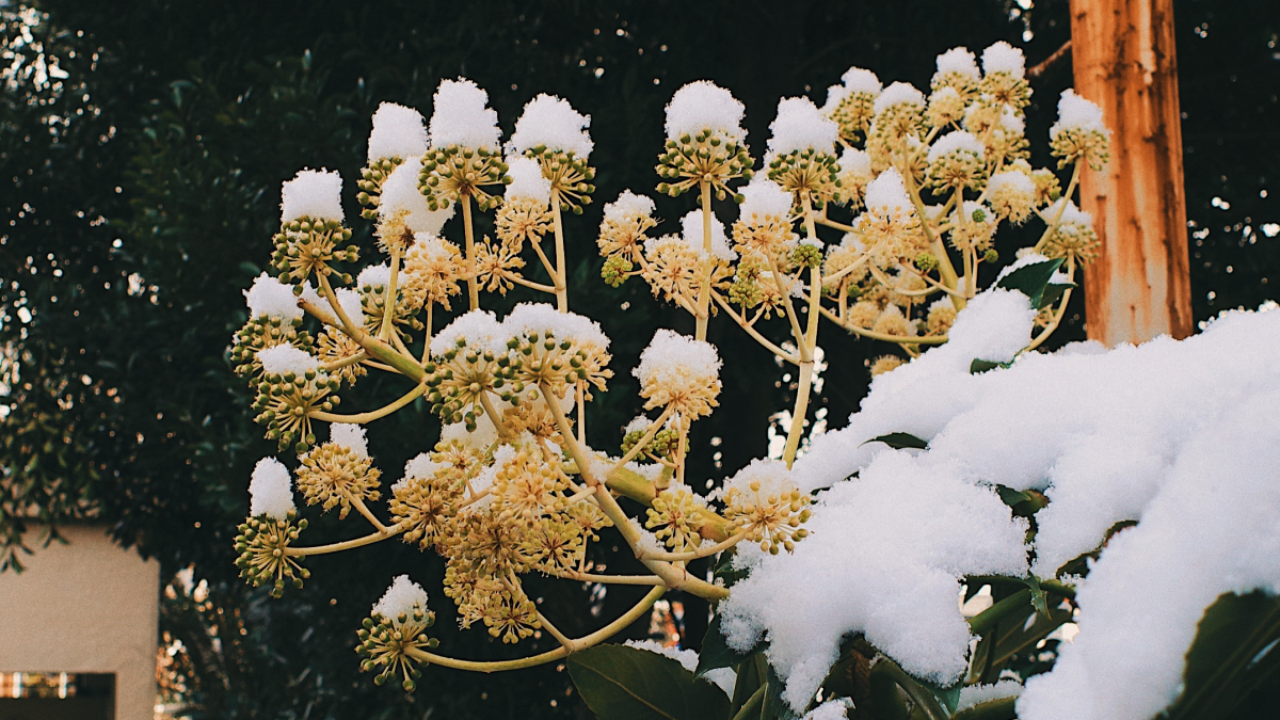
Kintsugi Dictionary Part 2: Hashiri, Shun, Nagori
This edition of The Kintsugi Dictionary is quite the deal. It's three-in-one, as there are three sub-categories of "seasonal" to more precisely describe the evolution of flora, fauna, and the human...
Read more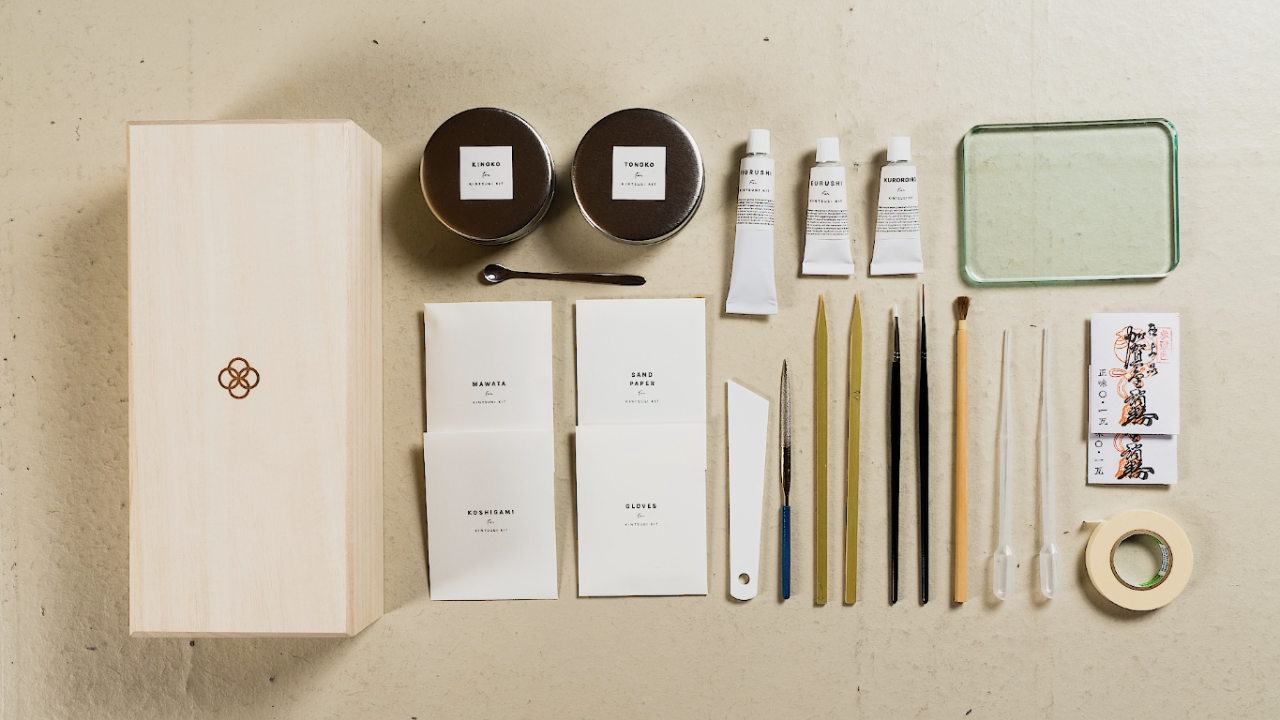
Have the Kintsugi Kit. Now What?
For those who have one of POJ Studio's kits in hand, welcome to the wonderful world, the mysterious world, the fascinatingly deep meditative world of kintsugi-repair. We strongly believe that resto...
Read more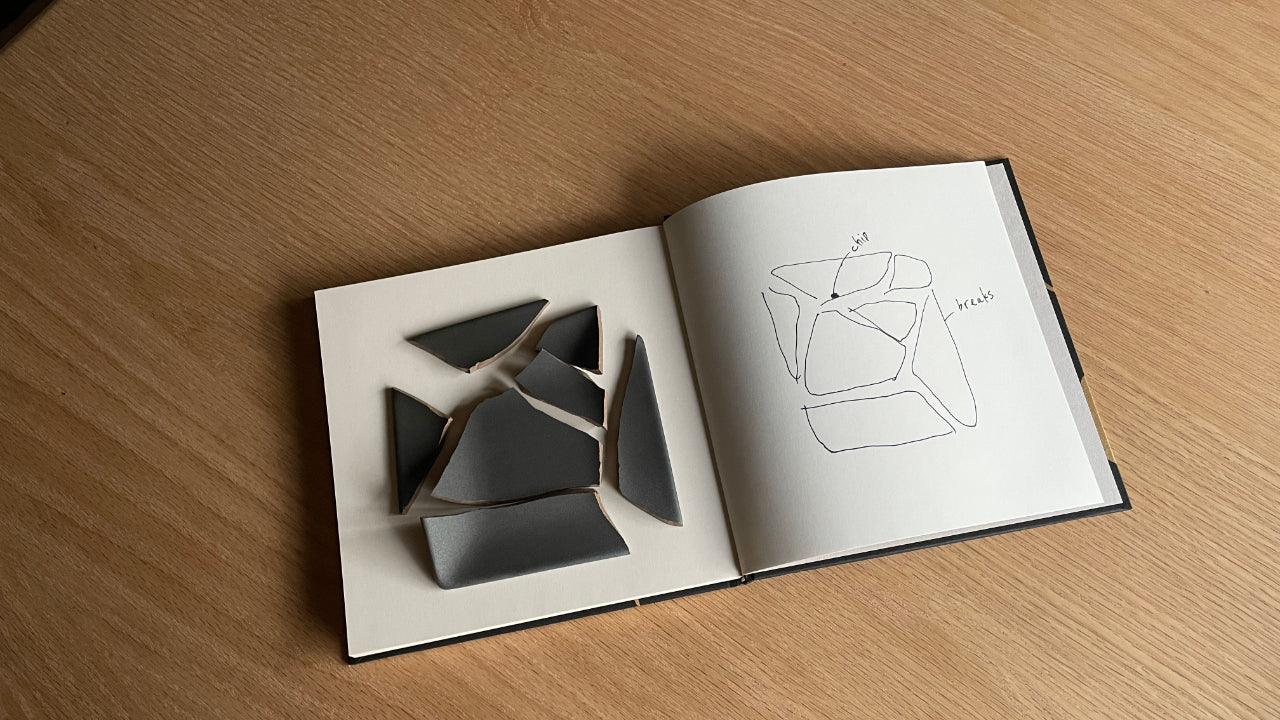
Even before beginning the kintsugi-repair process, I always recommend repairers to incorporate Step 0: preparing a patient chart. It’s a thorough assessment of the piece in front of you. Is it crac...
Read more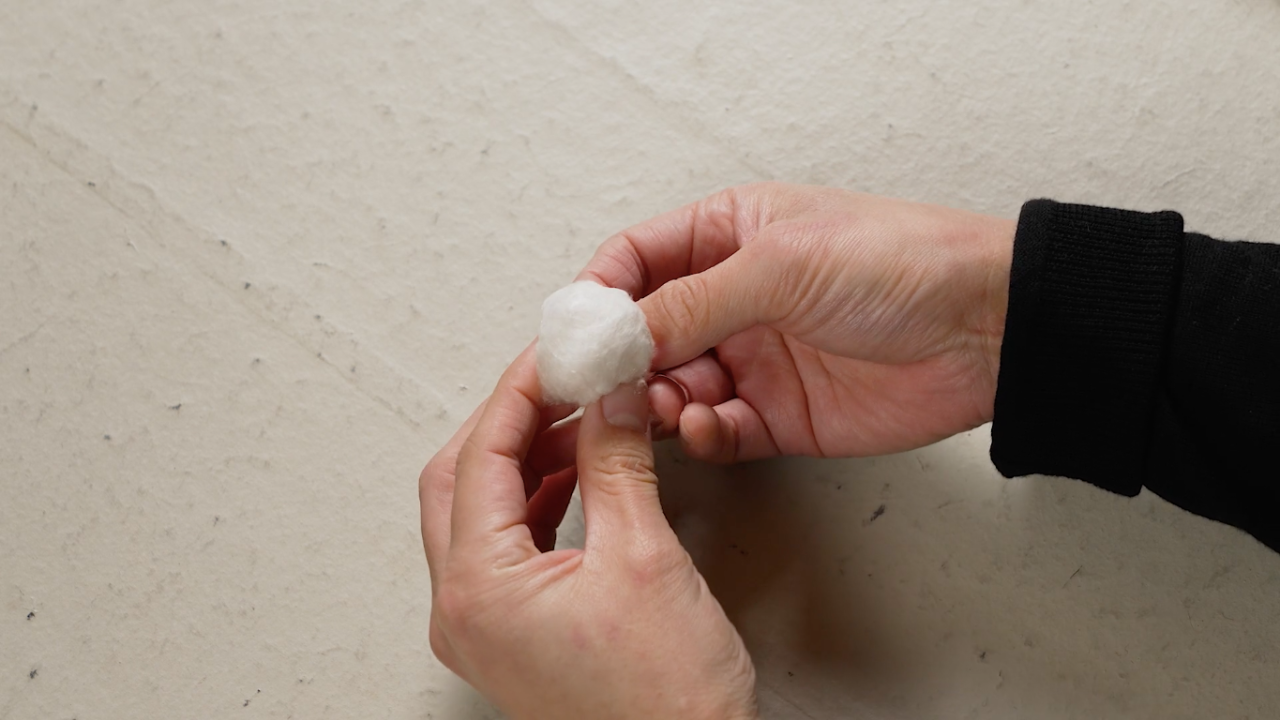
While not necessary for the repair to be complete, the last step of kintsugi is to dust the fracture with gold or silver powder if you wish. The two golden tools of the trade are horse hair and sil...
Read more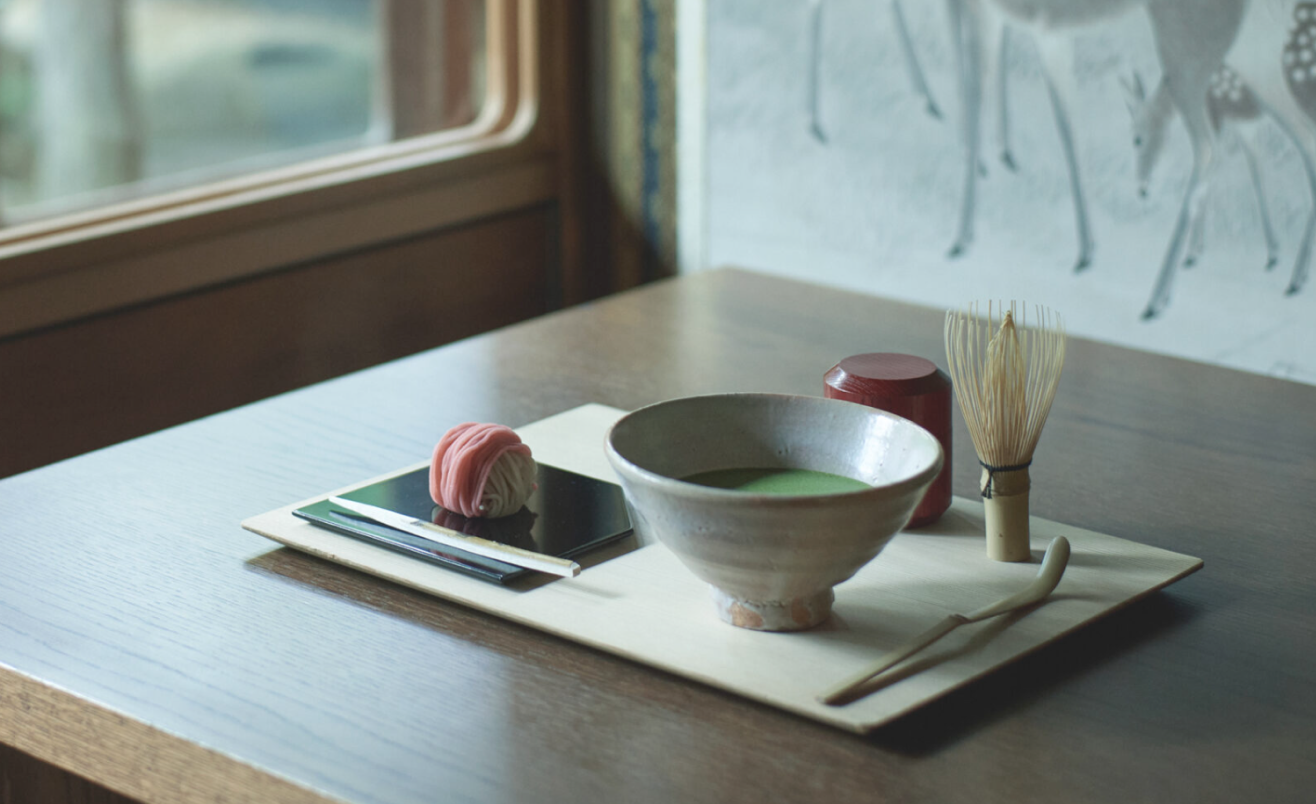
A Casual Tea Experience In Nara
茶論, read 'Chalon' or Tea Theory, is a play on words of 'Salon.' A recently opened tea house in Nara, it is the newest venture of Nakagawa Masashichi Shoten, a company that has played a big role in ...
Read more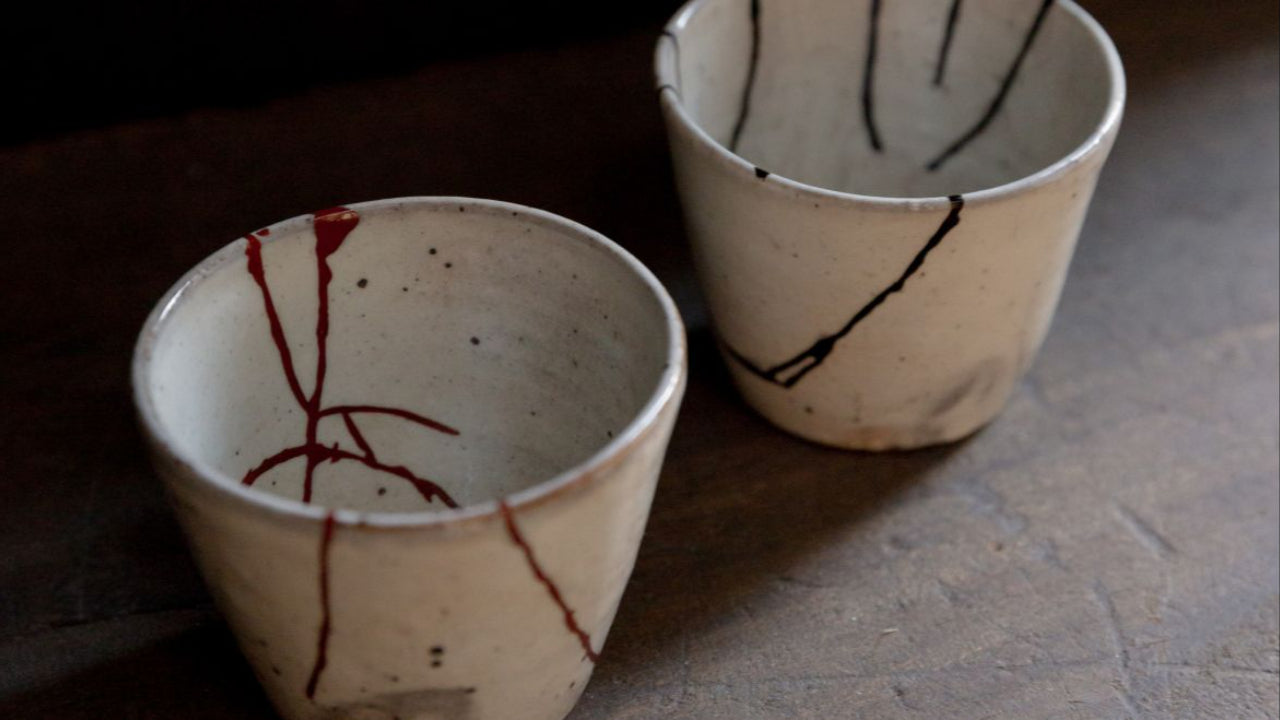
Gold is perhaps the most spotlighted ingredient of kintsugi-repair. And justly so. Kintsugi, literally translates to gold joinery. And thus often believed to be metalwork. So many are surprised to ...
Read more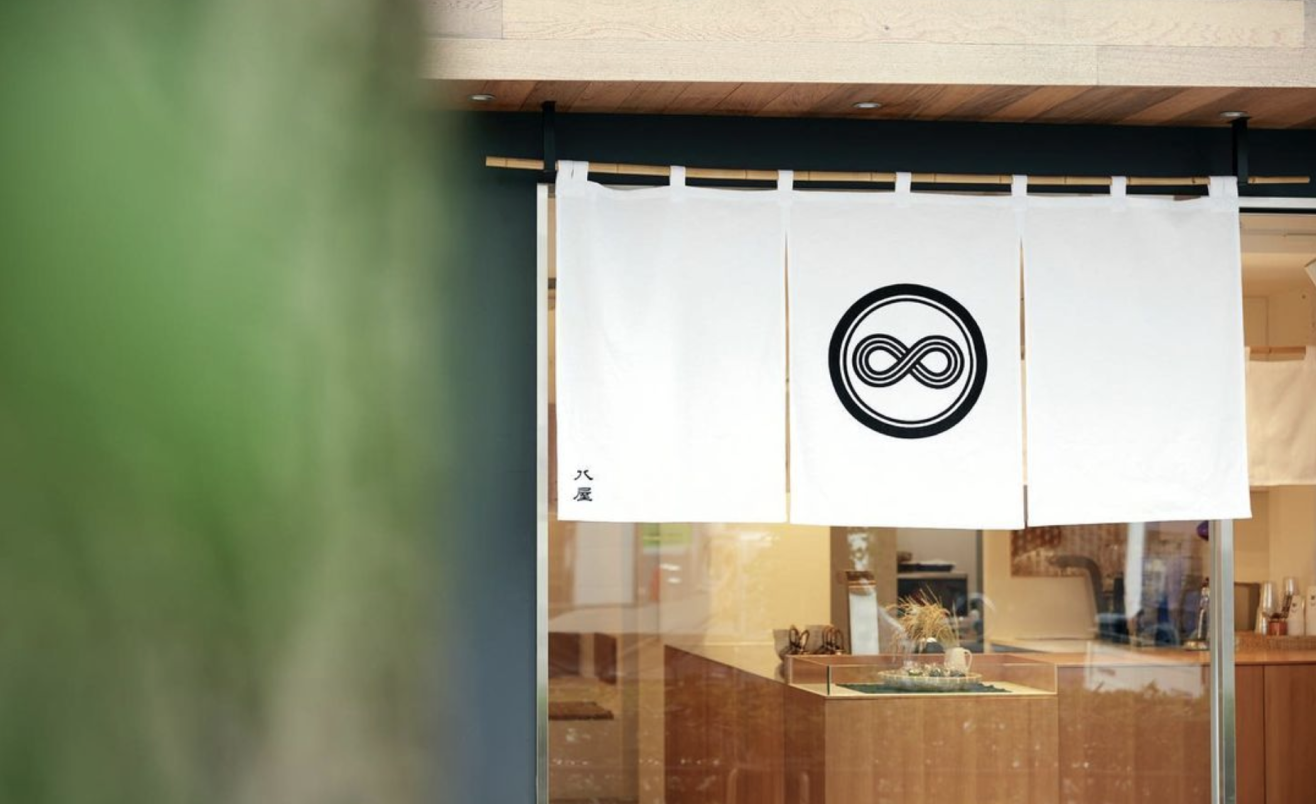
A Tea Stand Merging Old and New
A new and casual way to enjoy Japanese tea. Located on a street corner, it gathers people to have a ippuku or cup of tea in the form of matcha, genmaicha, and more.
Read more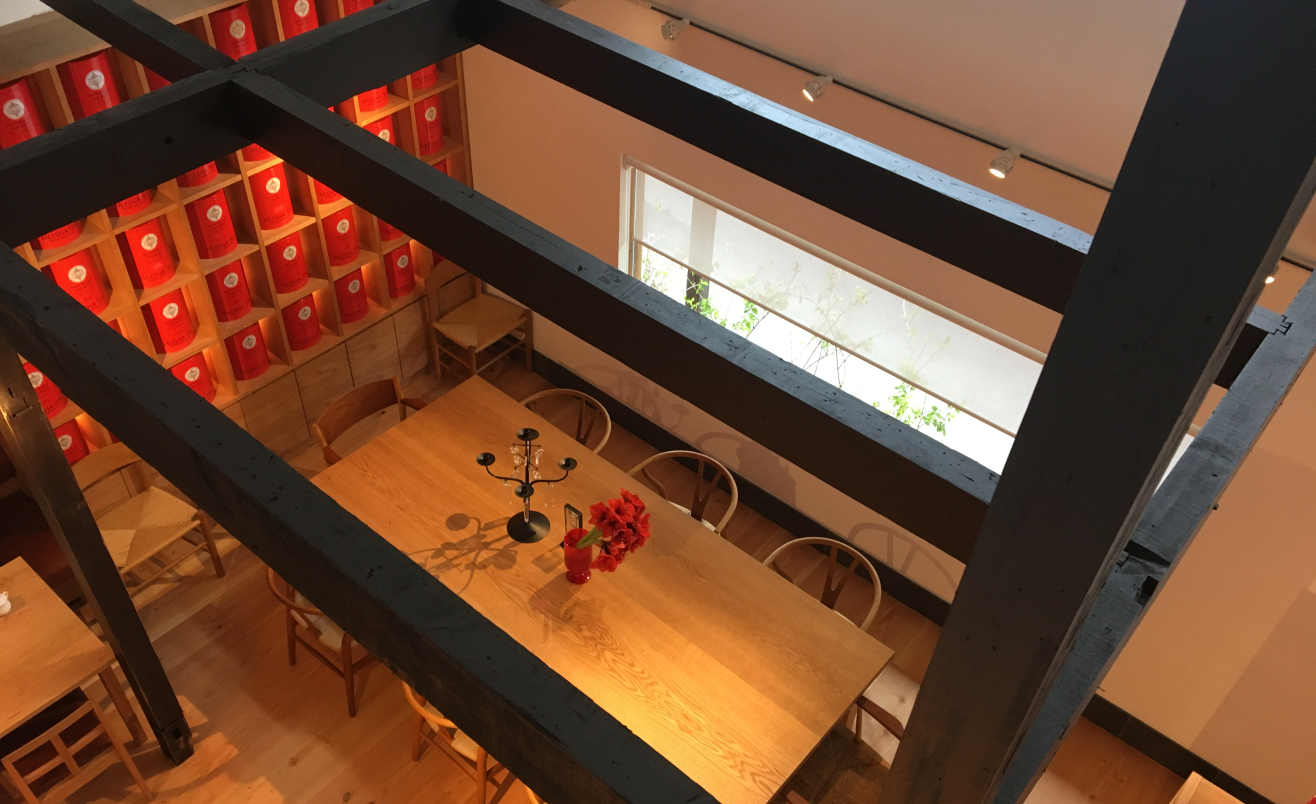
A Taste of England in the Tea Capital of Japan
A new tea house called Uji-Kochakan recently opened in Uji, the green tea and matcha capital of Japan. Enjoy a taste of England here, where they offer 30 varieties of black teas, scones, cookies, a...
Read more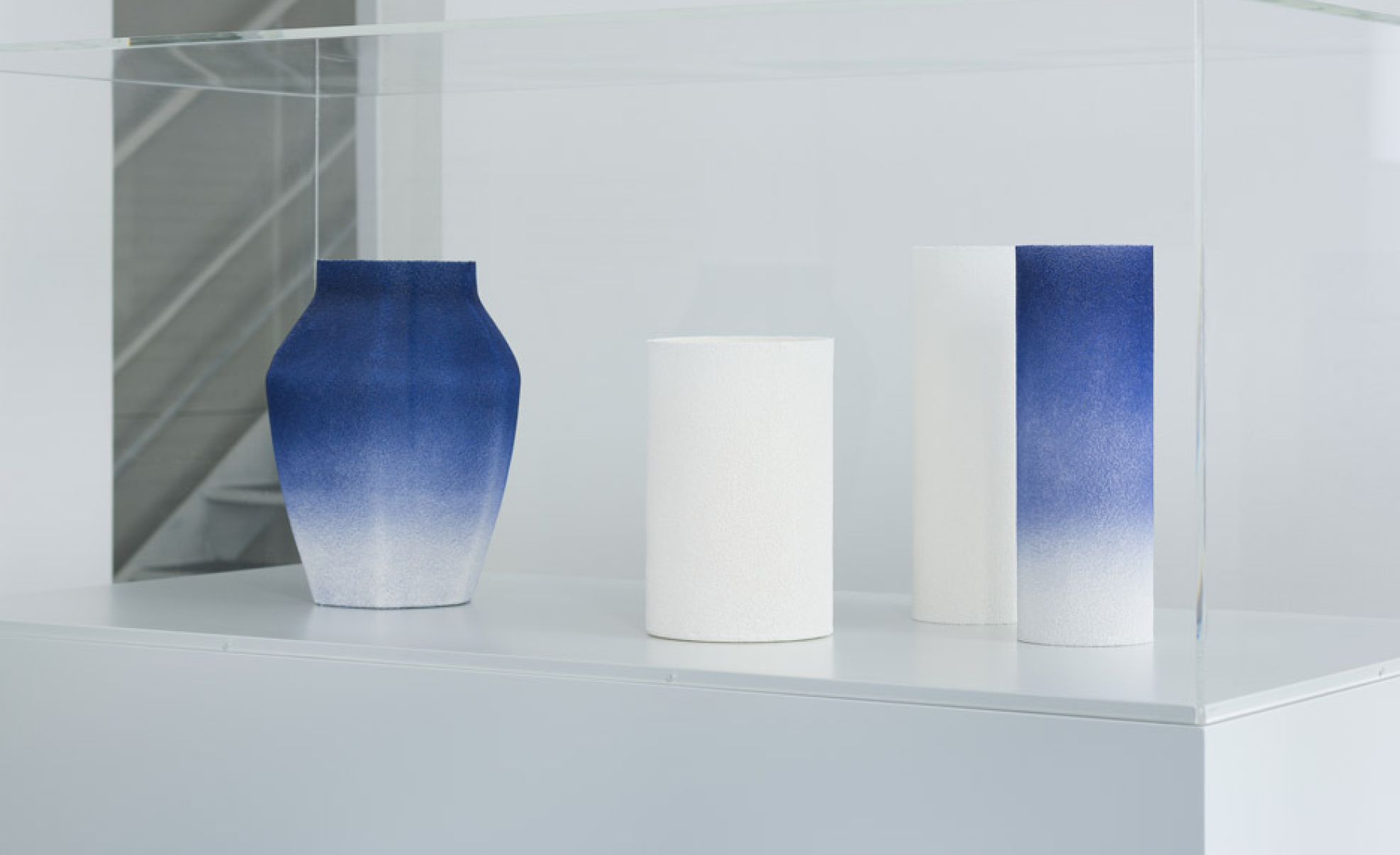
Porcelain Ware that Bridged Japan and the World
The iconic Arita ware, distinct for its blue and white color, gained international recognition in the 17th century. 400+ years later, people all over the world are seeing it evolve with contempora...
Read more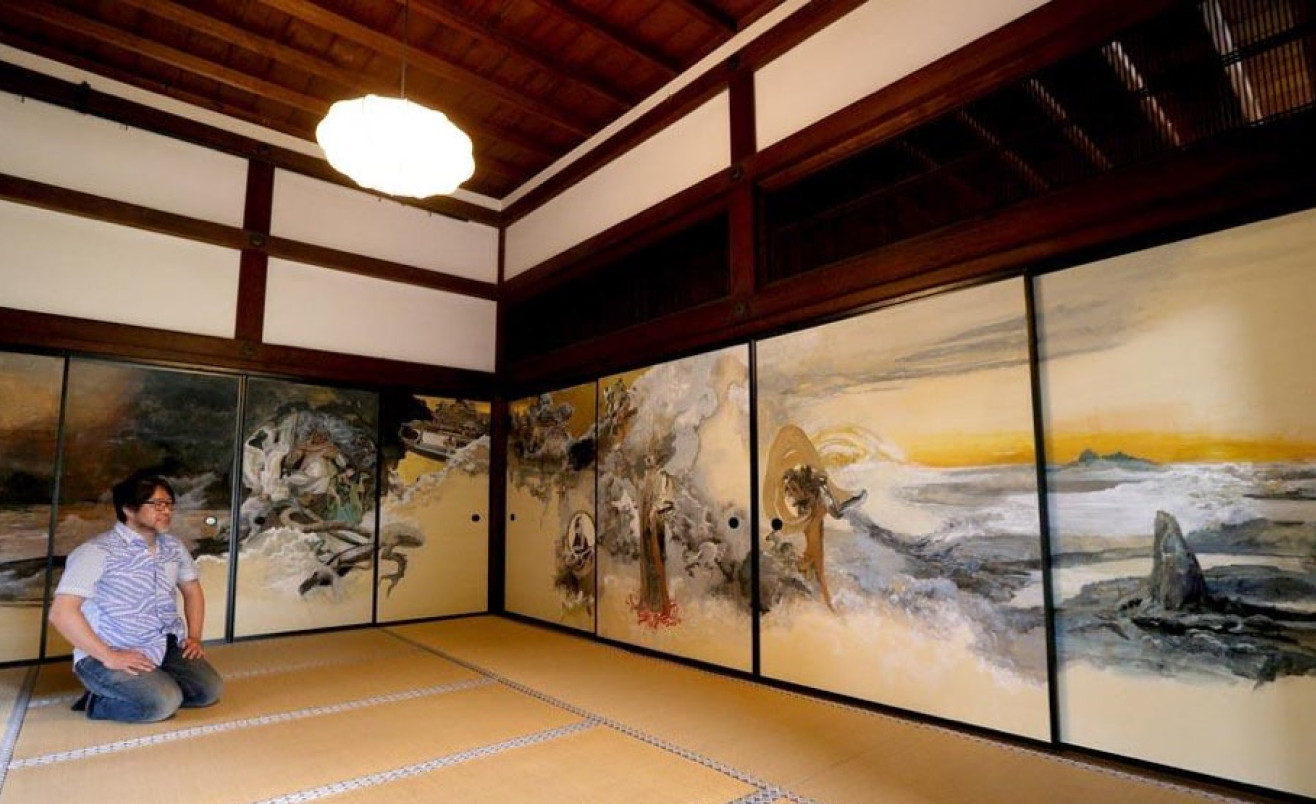
Daitoku-ji Temple Collaborates with Contemporary Illustrators
The room dividers of Daitoku-ji, the 14th-century Buddhist temple, served as canvases for contemporary illustrators. On a rare occasion, the exhibition brought together two distinct Japanese cultur...
Read more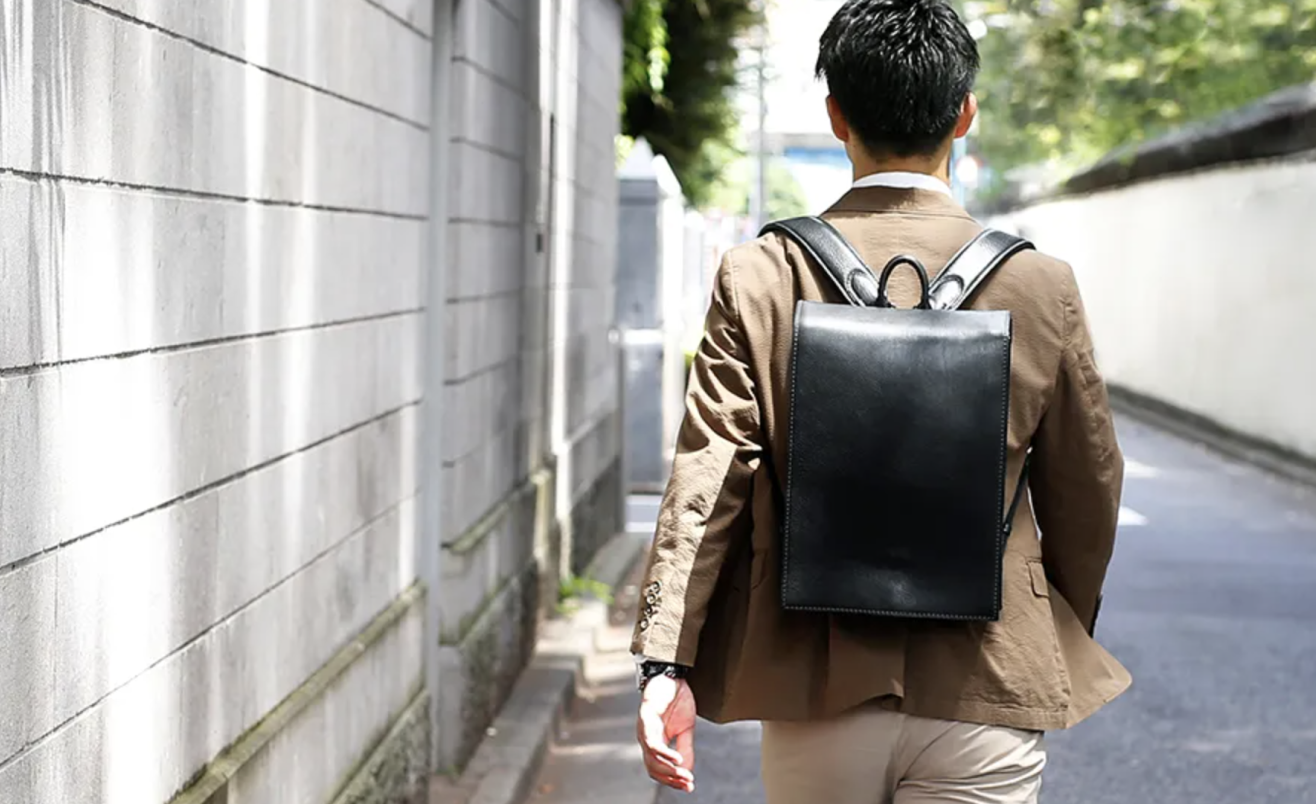
The Tsuchiya School Bag For Grown Ups
Tsuchiya has been making Japanese school bags, randoseru, since 1965 and the way they make them hasn’t changed since. Every single bag is handcrafted and made to last. Now they are offering a vers...
Read more
Inspiring Ways of Dividing a Space
There are many inspiring ways that Shoji (room dividers) are used and made. Whether they are made of rice paper and wood or kumiko latticework, the beauty of it is that the structure itself can ope...
Read more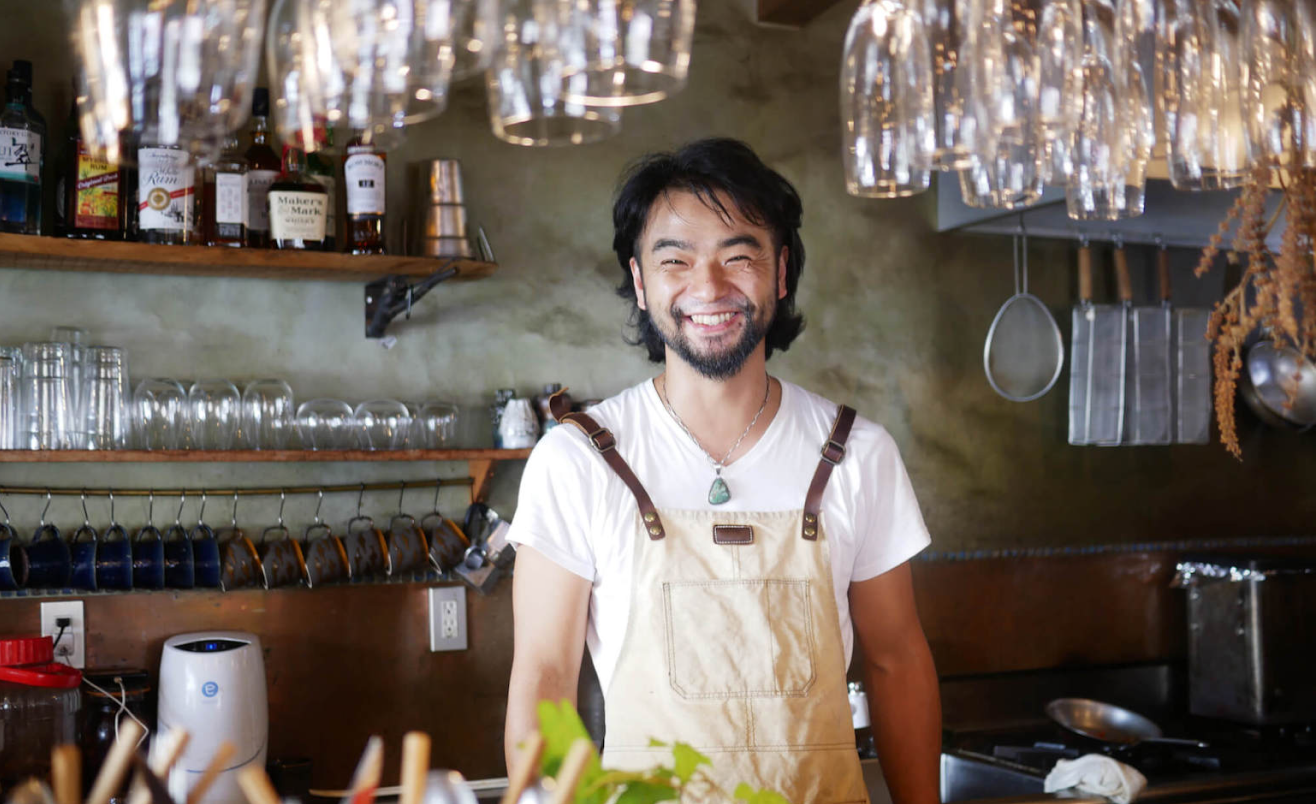
Bar Owner Reviving A Rural Town
It is only a matter of time until nature reclaims the land entirely in many of the rural regions of Japan - as younger people move out to bigger cities. After training as a cook in Tokyo, Takahiko ...
Read more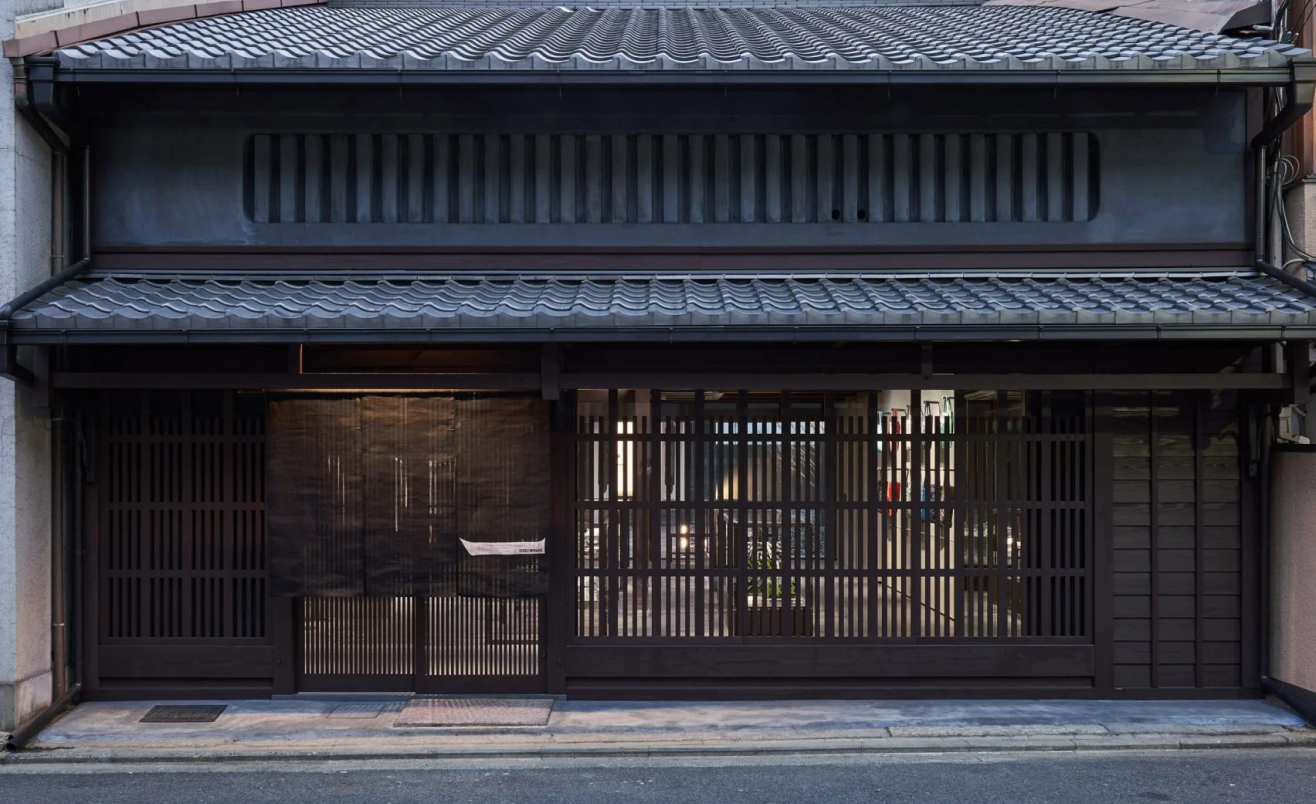
Issey Miyake Store in a 132-year-old Machiya
Naoto Fukasawa converted an old Kyoto townhouse, machiya, into an Issey Miyake store. Keeping the original structure intact, with its exposed timber, the facade and interior have a cohesive tone of...
Read more
A Rooftop Farm in Kyoto City Center
Find the lush rooftop farm amid Kyoto city center in a building with a grocery store and a few restaurants with a farm-to-table concept.
Read more
Tea-picking in the Birthplace of Matcha
My relatives recently went on tea picking via Airbnb in the countryside of Kyoto, Wazuka. That area has been producing tea for over 1000 years which is around the same time as the introduction of t...
Read more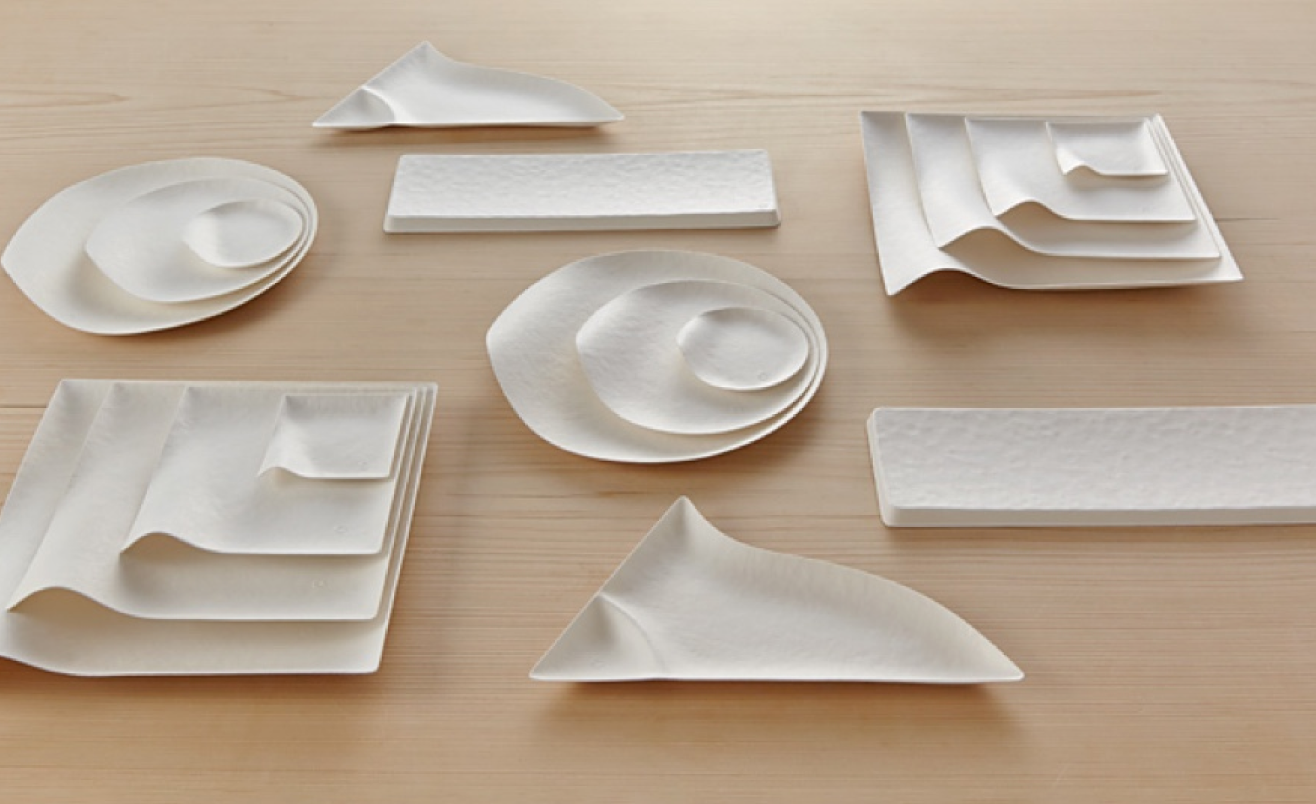
Biodegradable Paper Plates For Parties
Made of paper and beautifully designed, not only are they biodegradable, but they are also perfect for parties!
Read more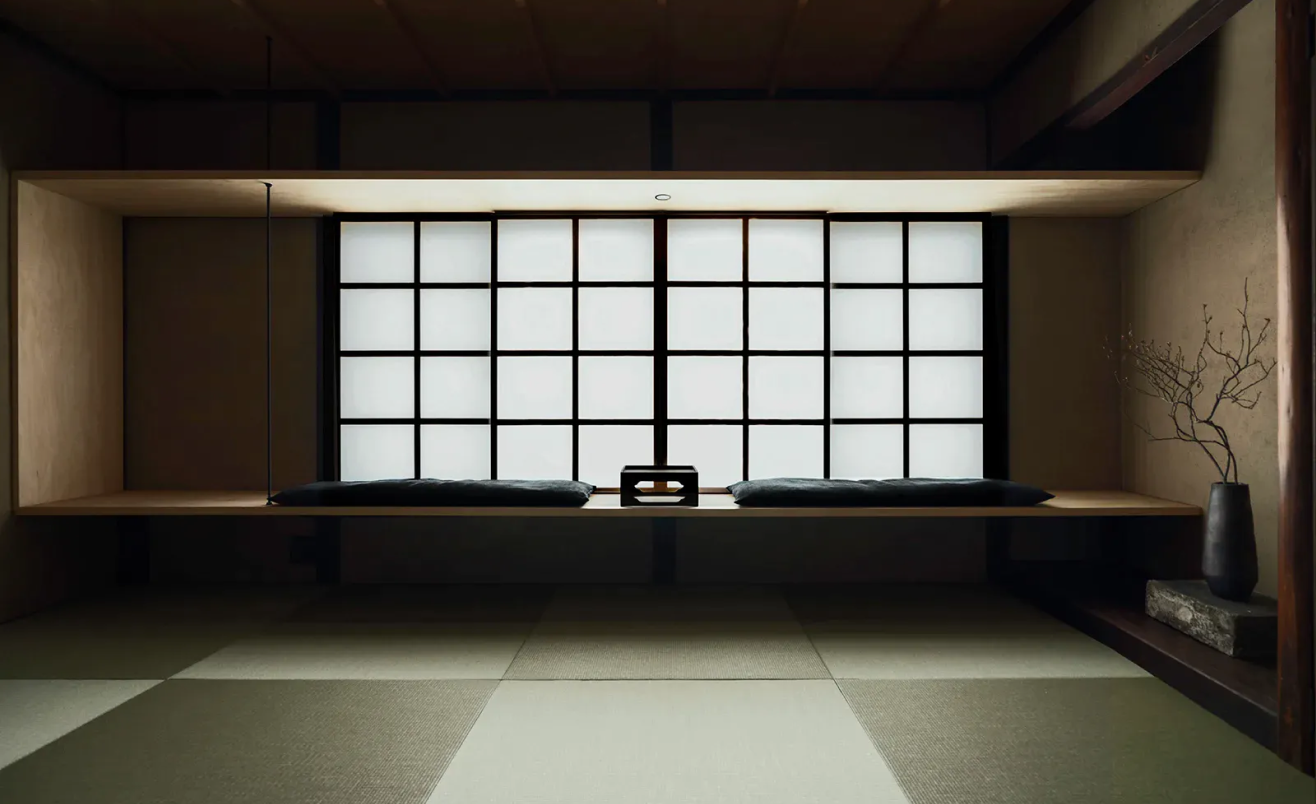
An Architect Transforms Kyoto Townhouses
Shigenori Uoya is an architect in Kyoto who specializes in remodeling Japanese townhouses called machiya. A master of incorporating light in moody and dark machiyas, he is behind many projects we l...
Read more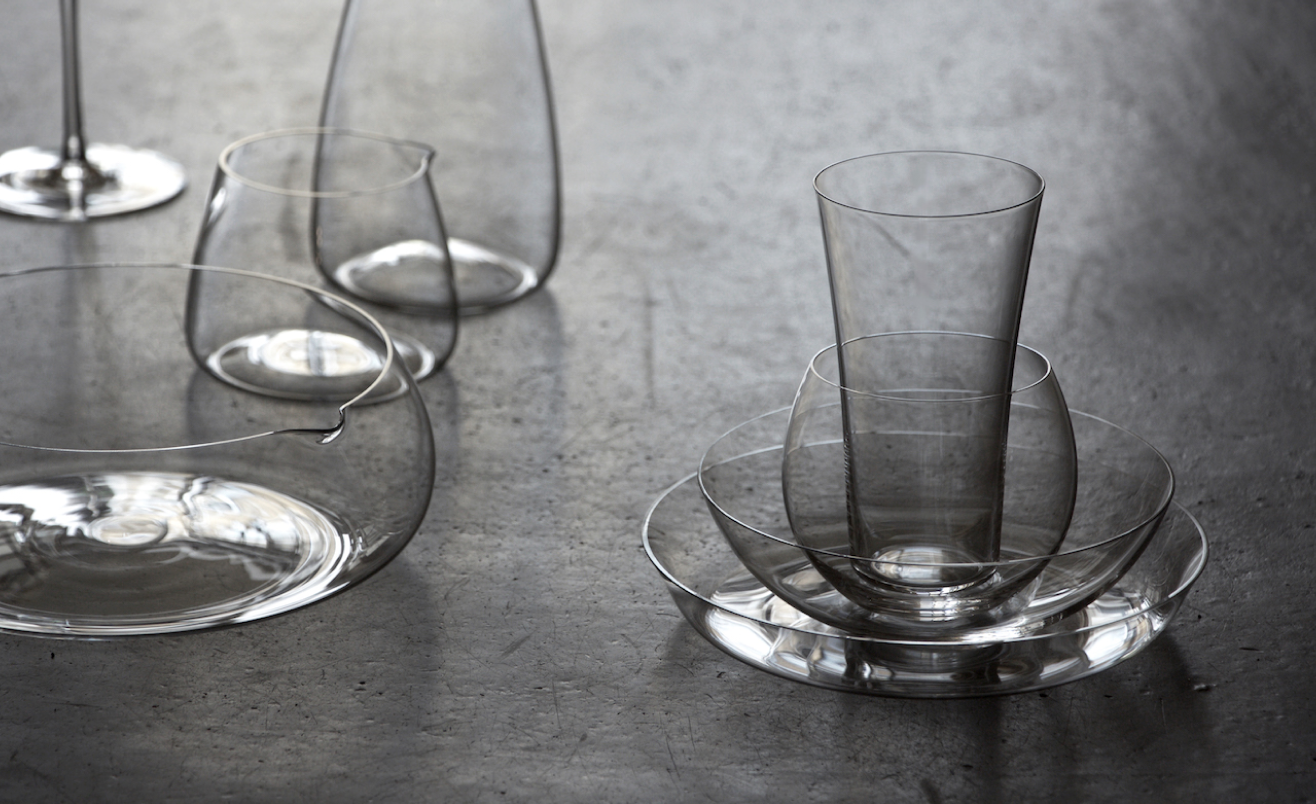
100+ Years of Continuous Glassware Innovation
Kimura Glass, founded in 1910, continues to iterate and innovate while staying true to its heritage of hand-blown glass by collaborating with designers from various backgrounds.
Read more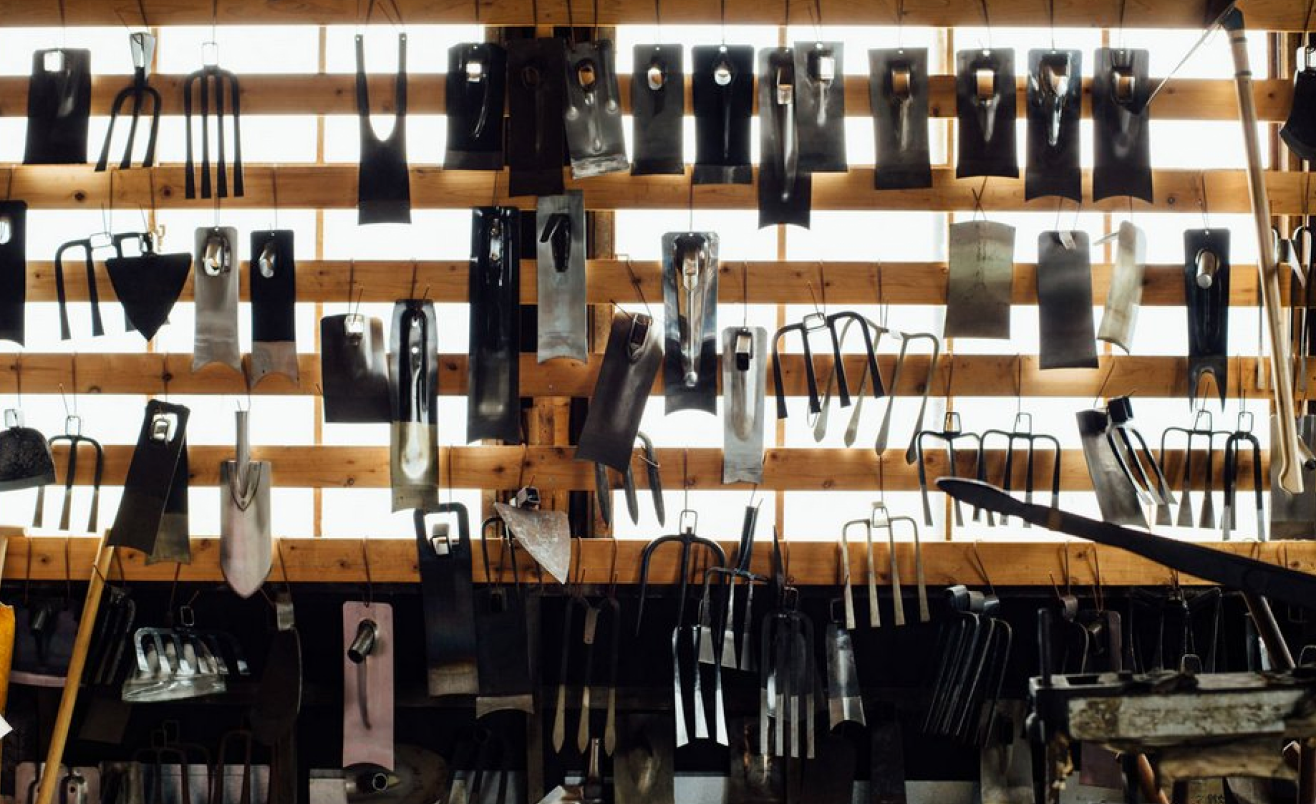
Japanese Garden Tools to Get a Green Thumb
For the past 100 years, Kondo Seisakusho, based in a historical blacksmith town in Niigata, has been specializing in handcrafting tools for farming and agriculture.
Read more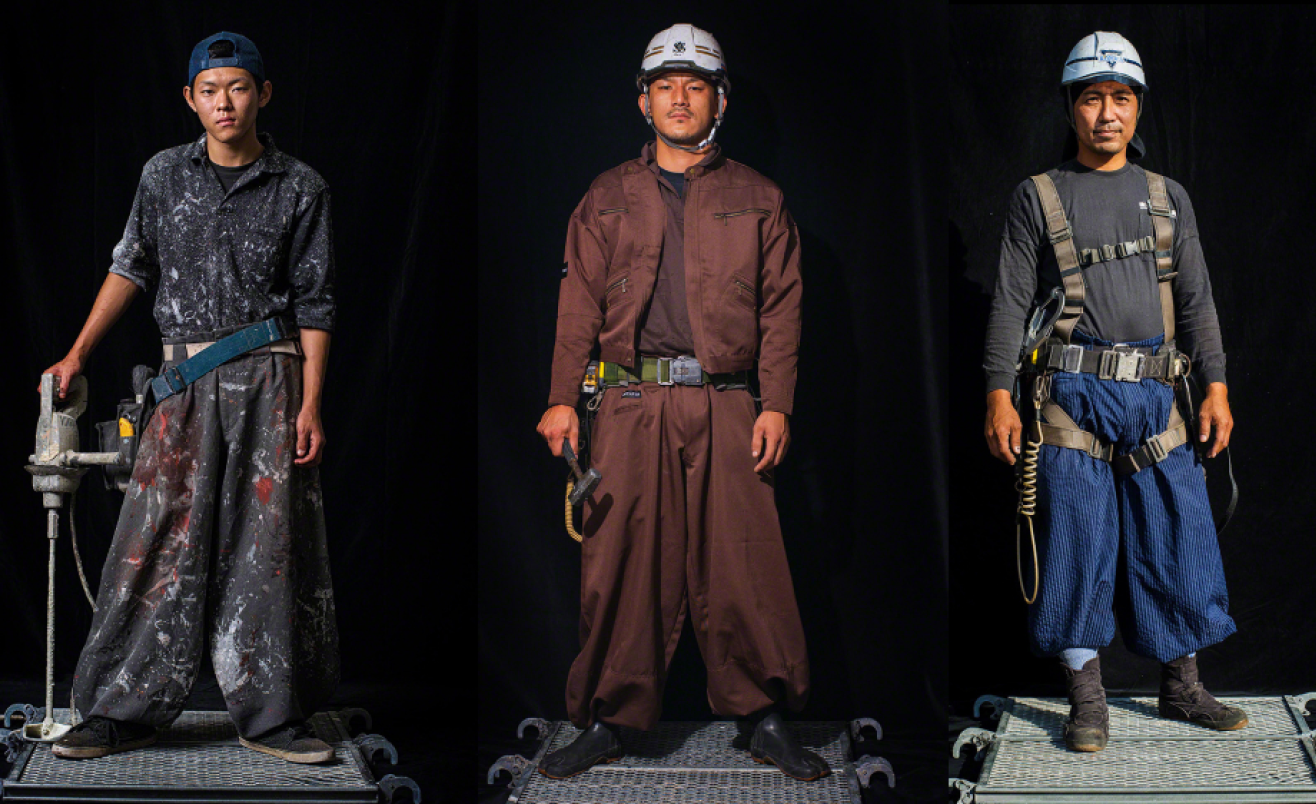
Distinct Style of Construction Site Workers
The Japanese construction workers have their uniform, which is an adaptation of the western 'knickerbockers.' While the style has continued amongst workers, it has evolved to suit the construction ...
Read more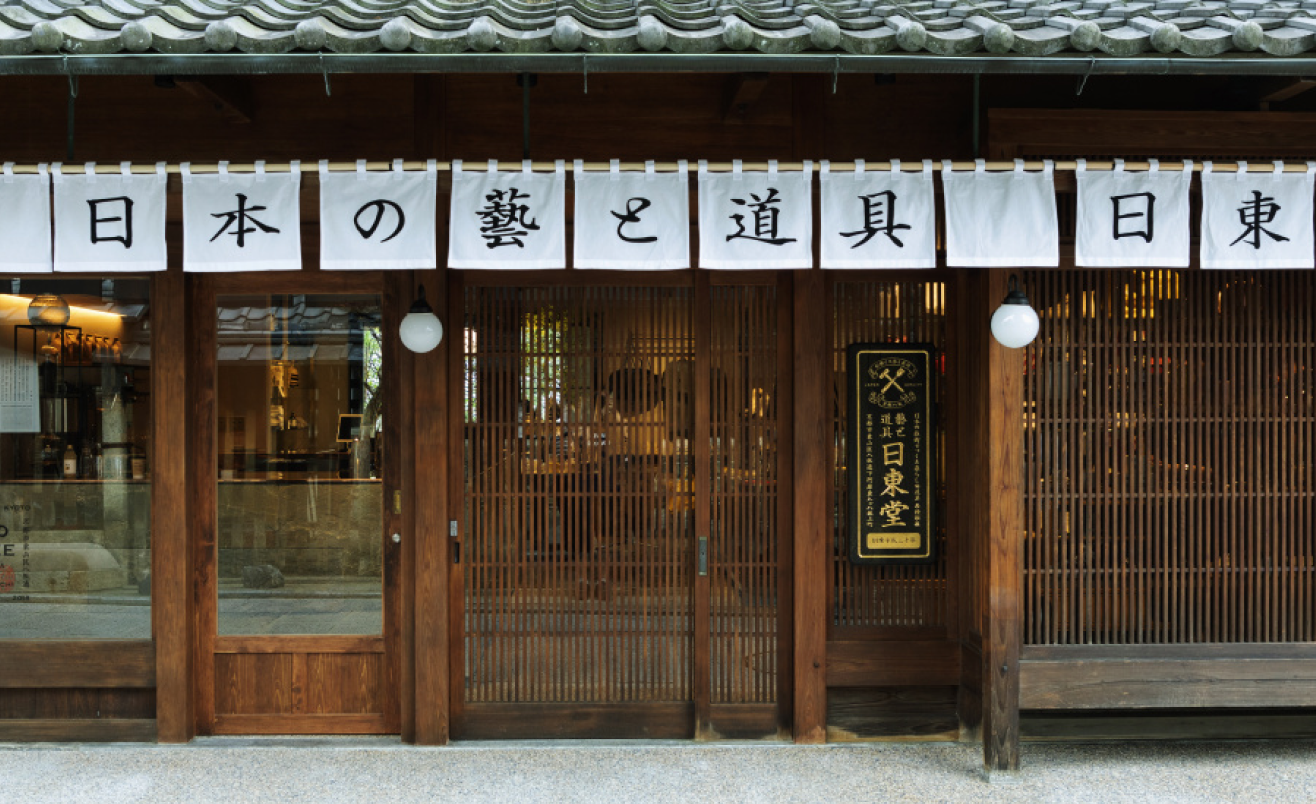
From carpet cleaners to other everyday items, Nittodo offers Japanese tools with simple designs and functionality made with new and traditional craft techniques.
Read more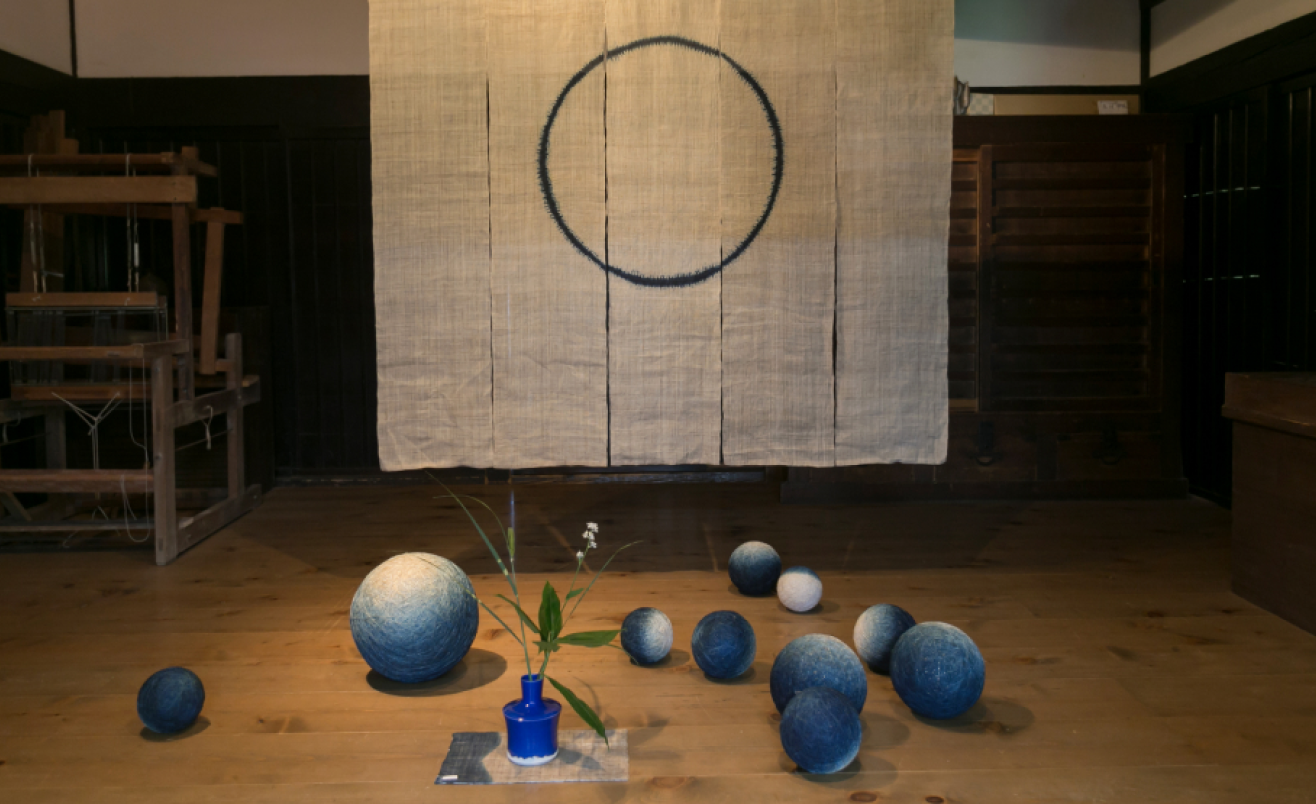
The Little Indigo Museum, the World of Hiroyuki Shindo
Nestled in the hills of Kyoto prefecture lies the village of Miyama, famous for its traditional thatched roof buildings and, most notably, for being the home of Hiroyuki Shindo and his prodigious w...
Read more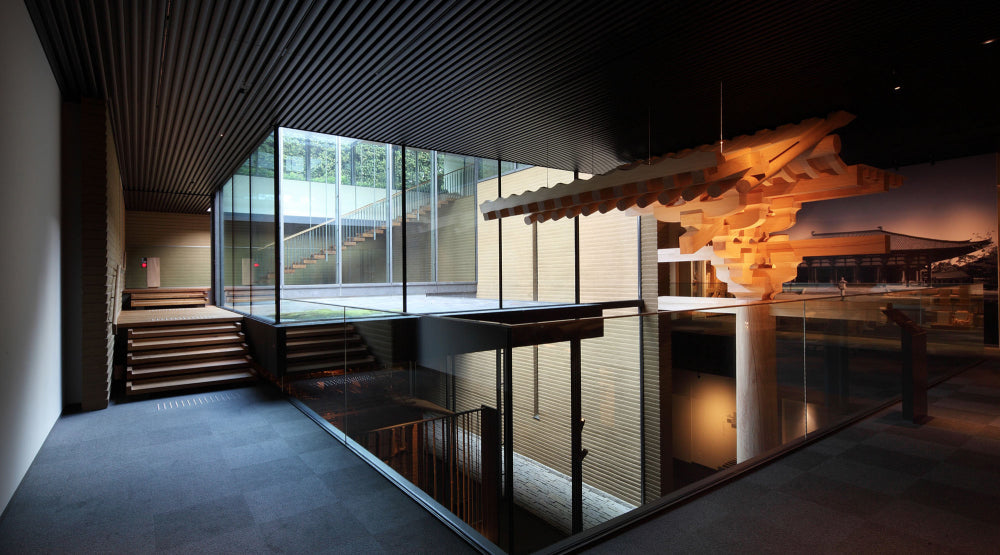
Continuous Renewal: Takenaka Carpentry Tools Museum
The museum in Kobe focuses on collecting, preserving, and contextualizing woodworking tools and architectural models in an effort to showcase the renowned building traditions of Japan.
Read more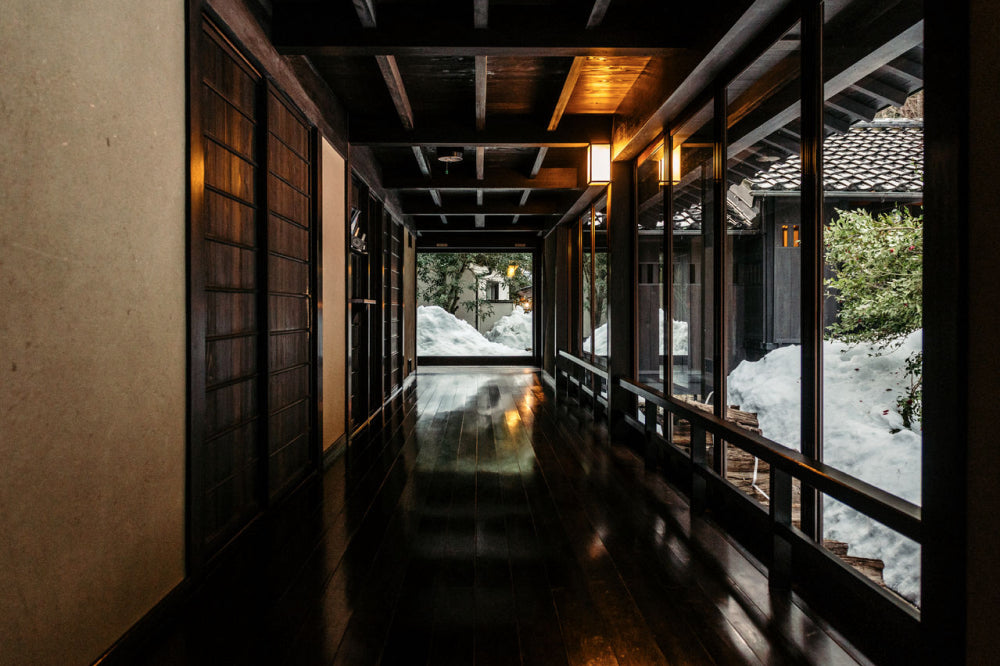
Sakamoto Ryokan is a tiny inn on the Noto Peninsula in the Japan Sea. With only three guest rooms, one of the smallest ryokan in the country is run by a couple with exquisite taste in interior desi...
Read more
